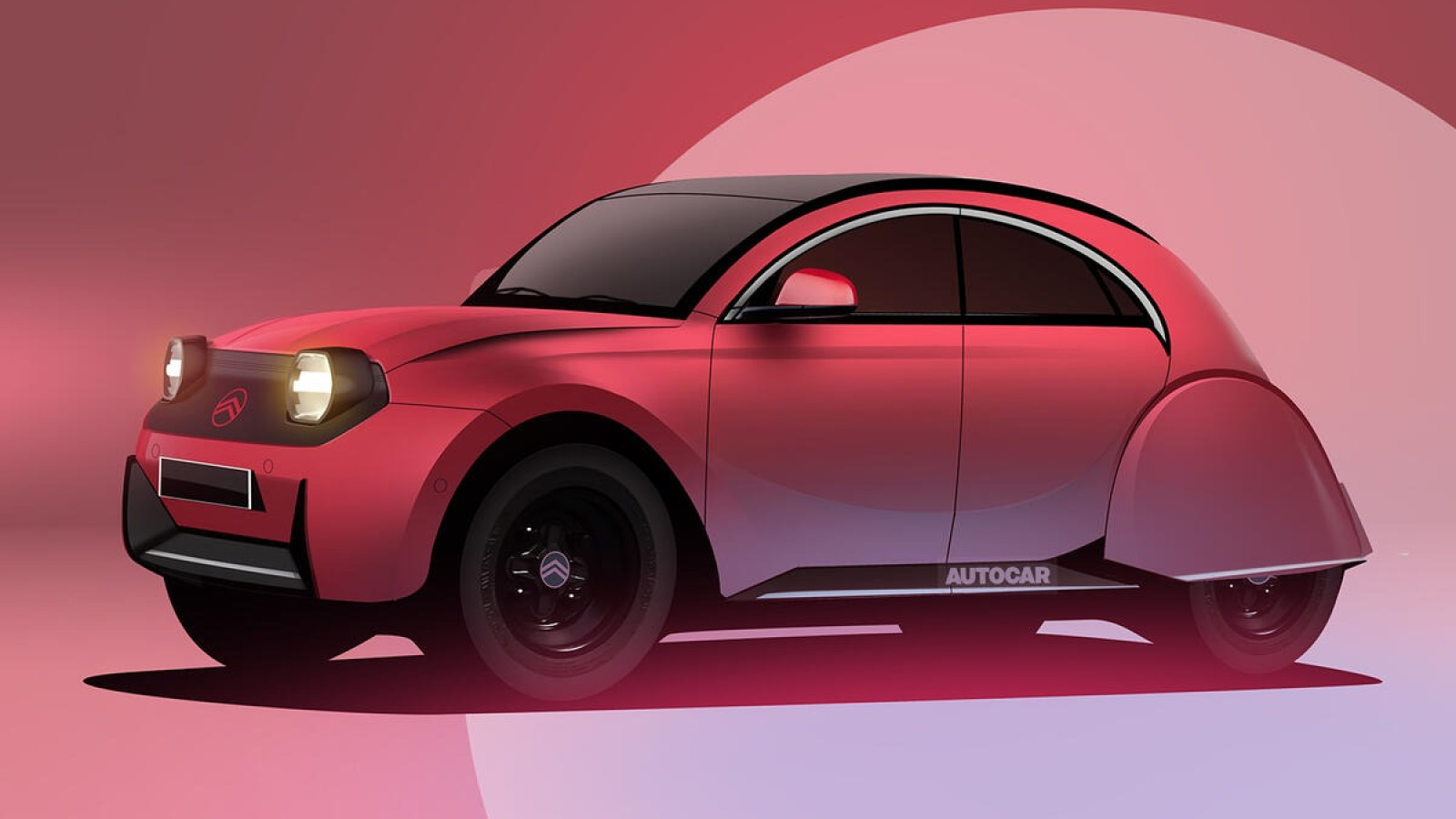
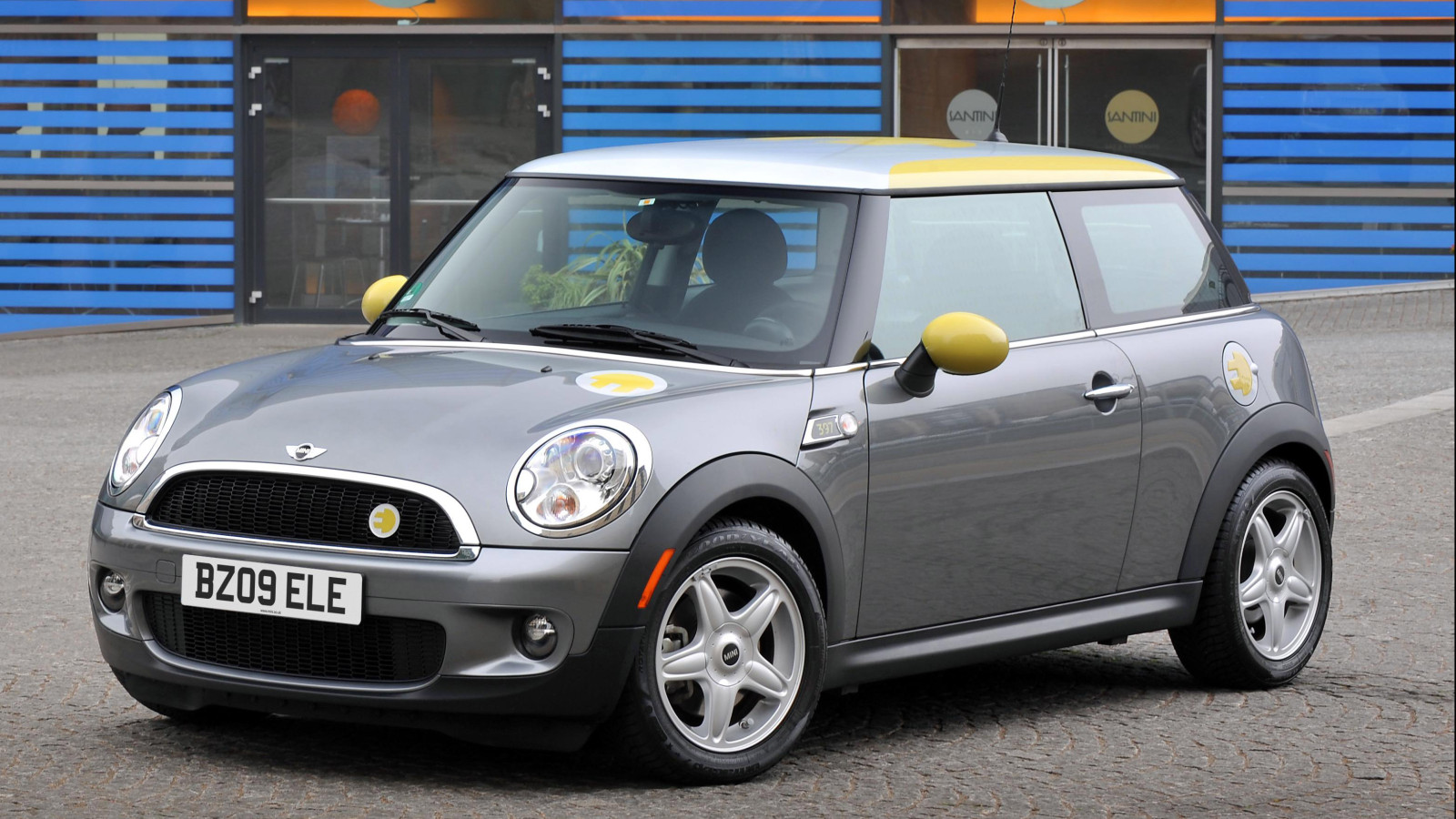

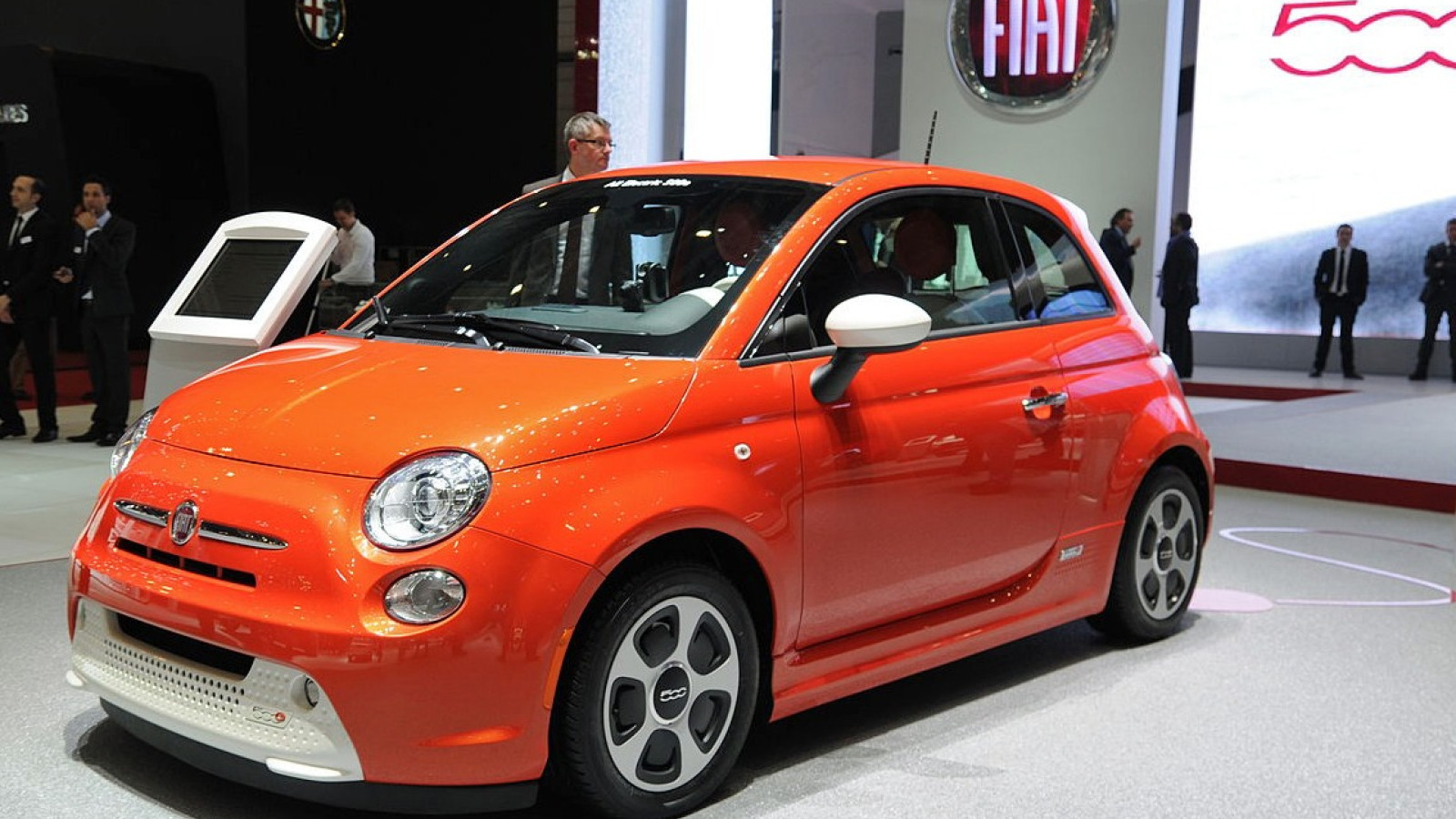
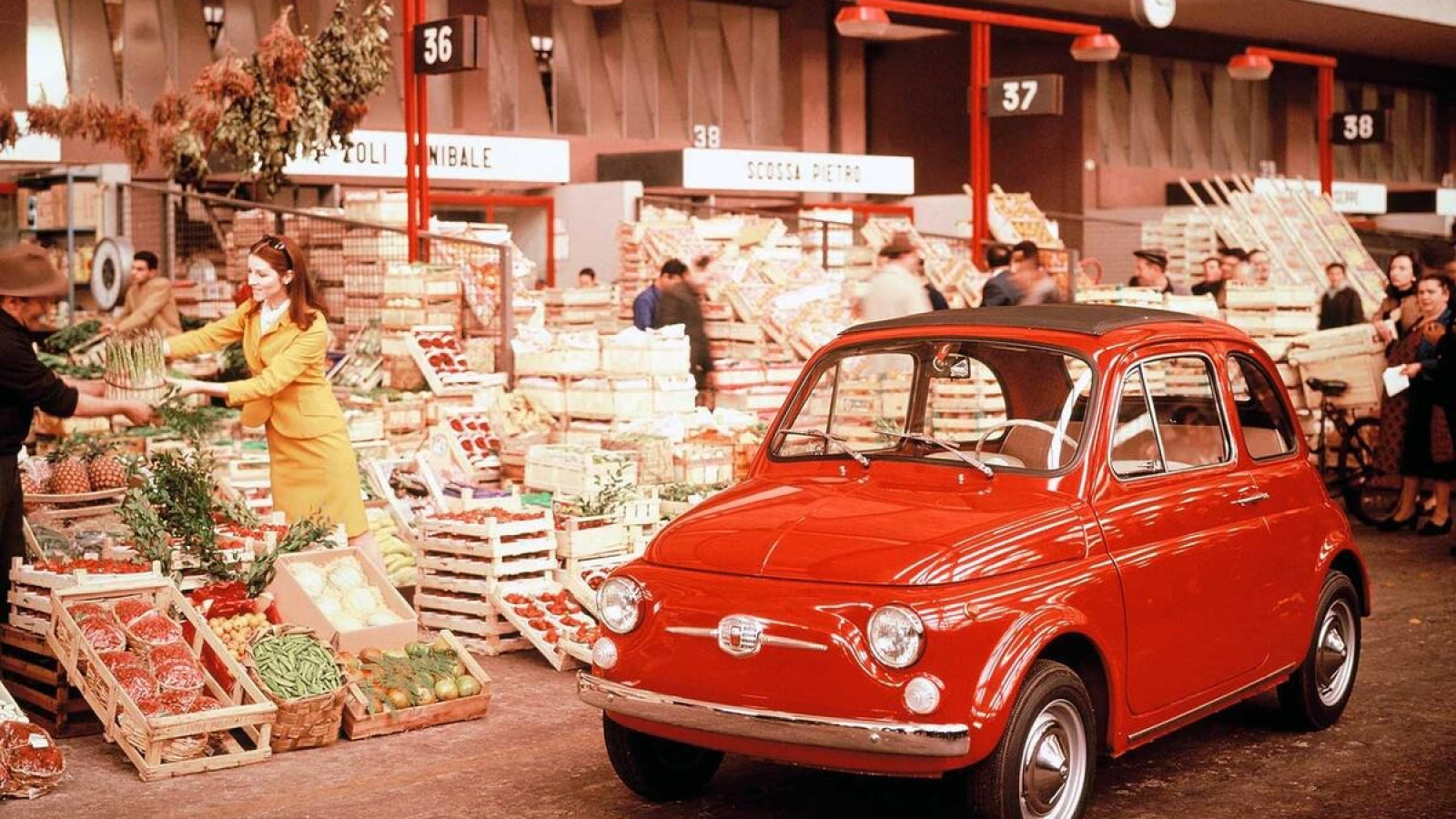
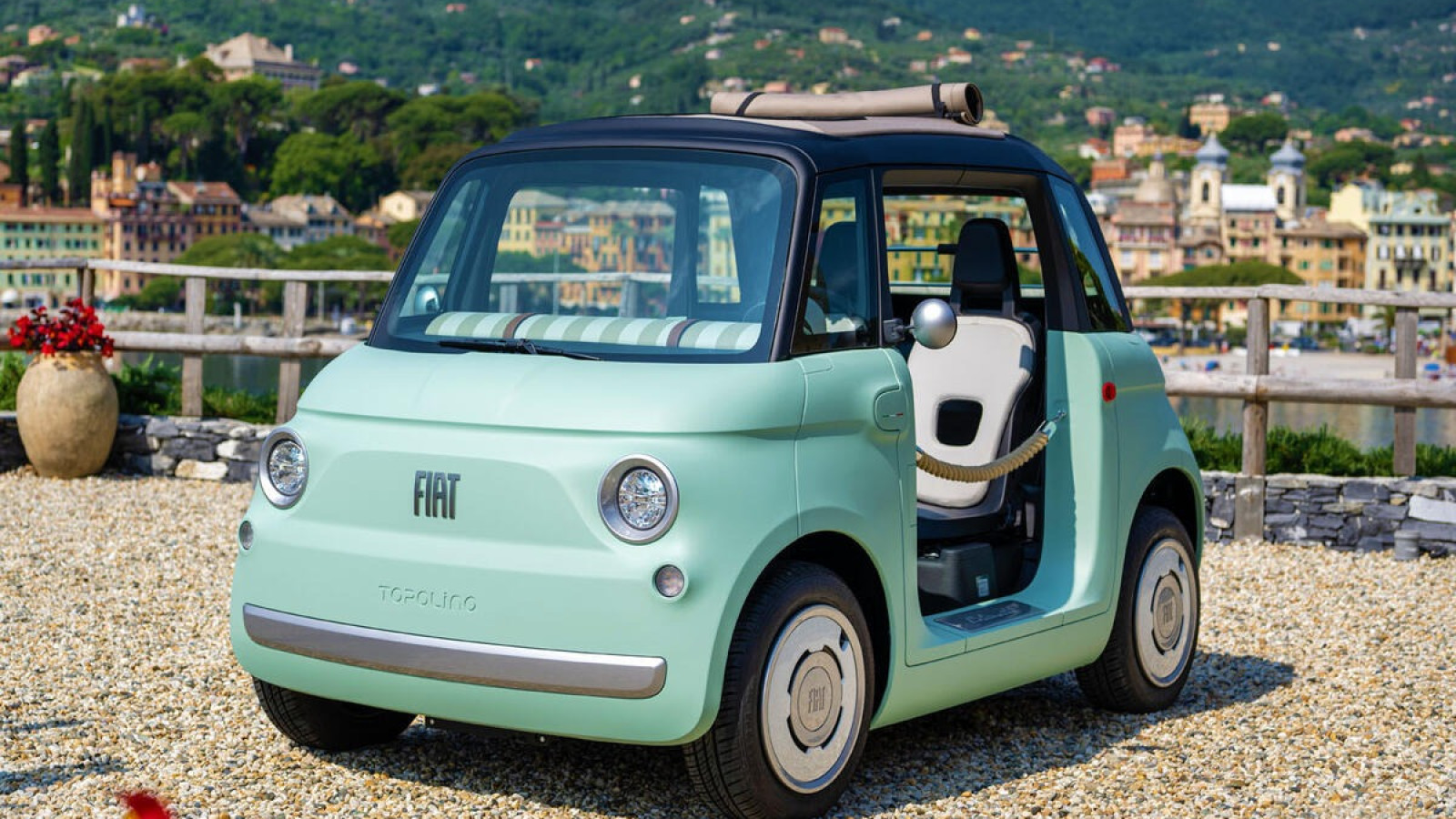
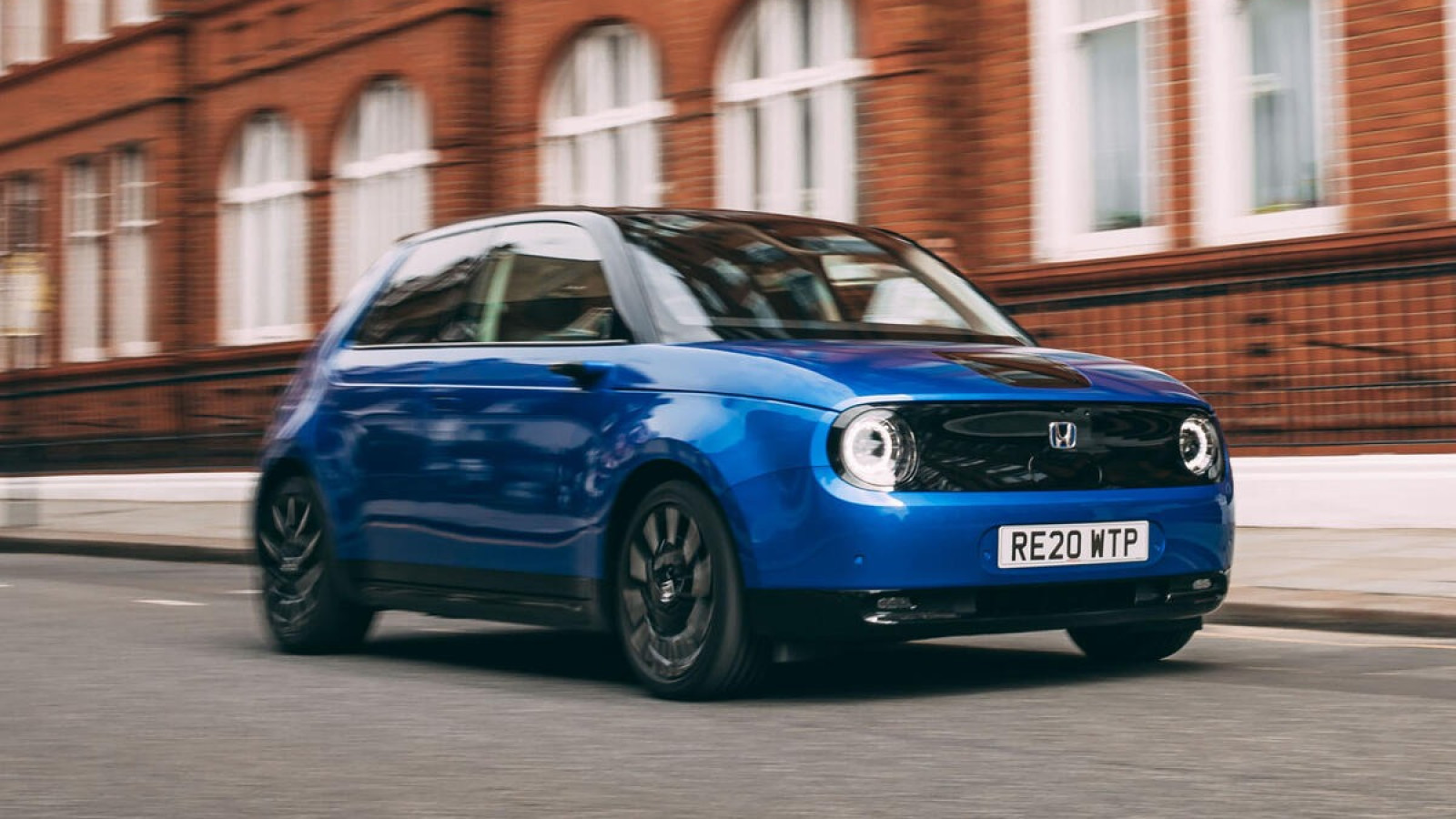
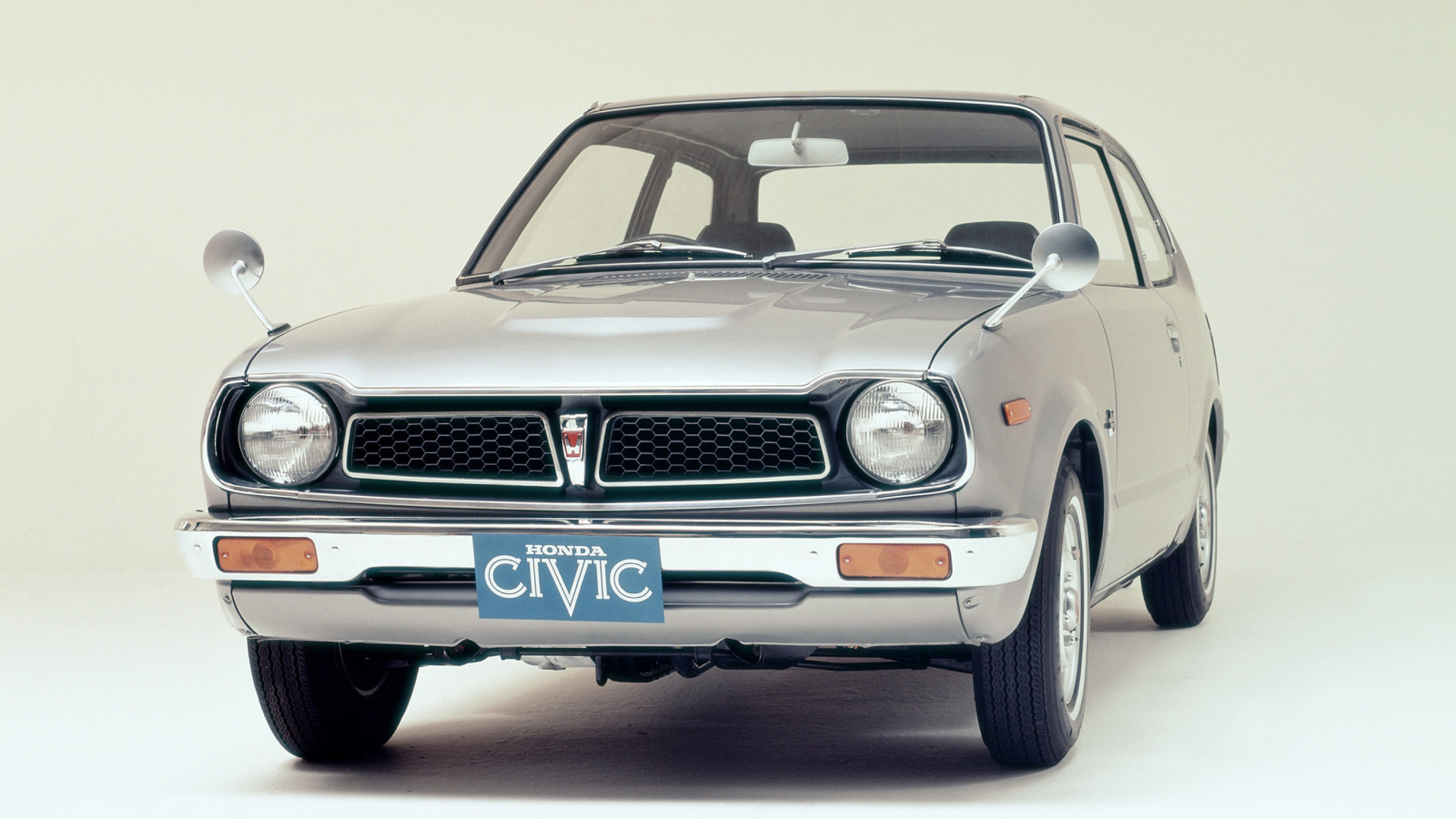
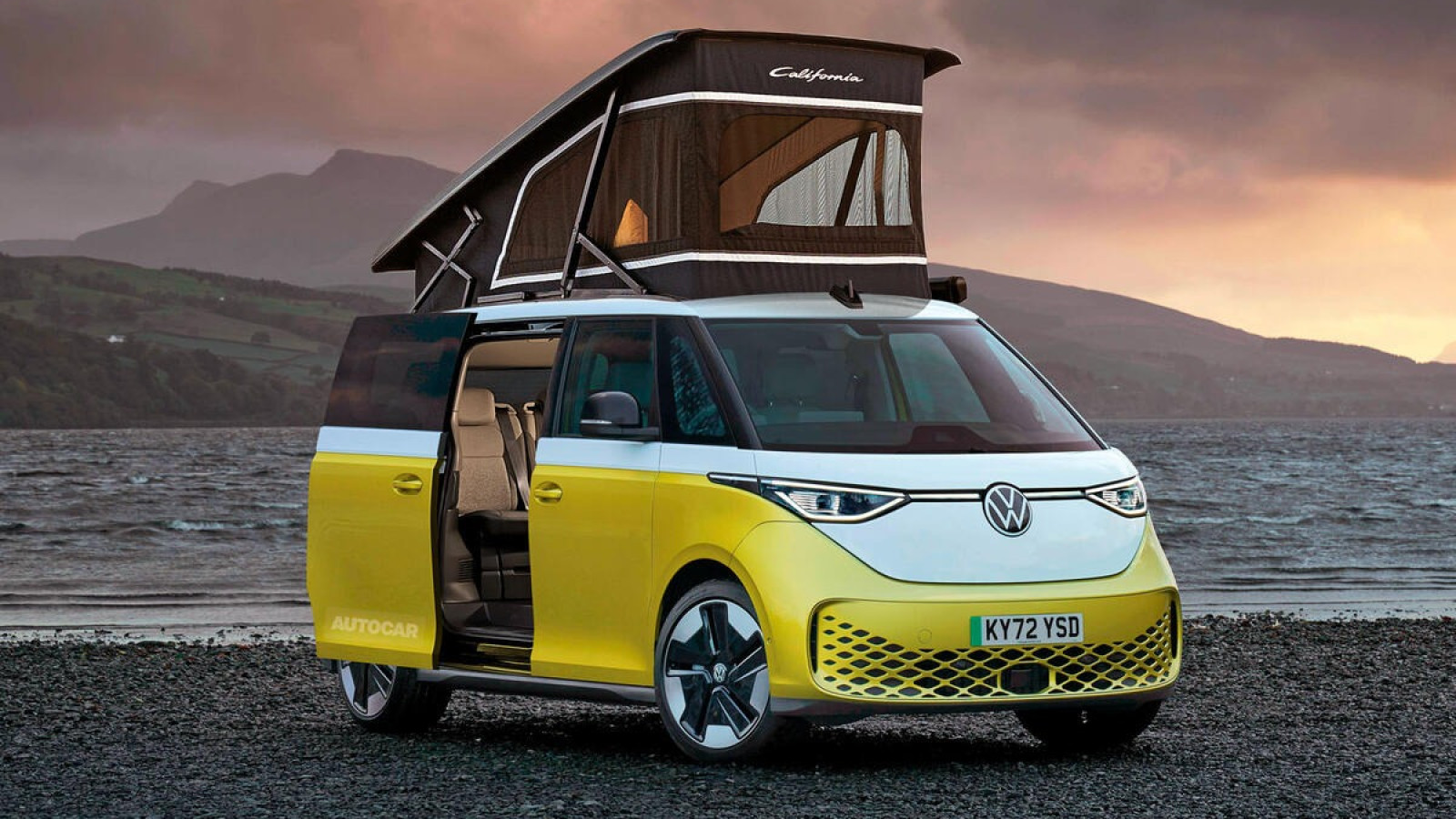
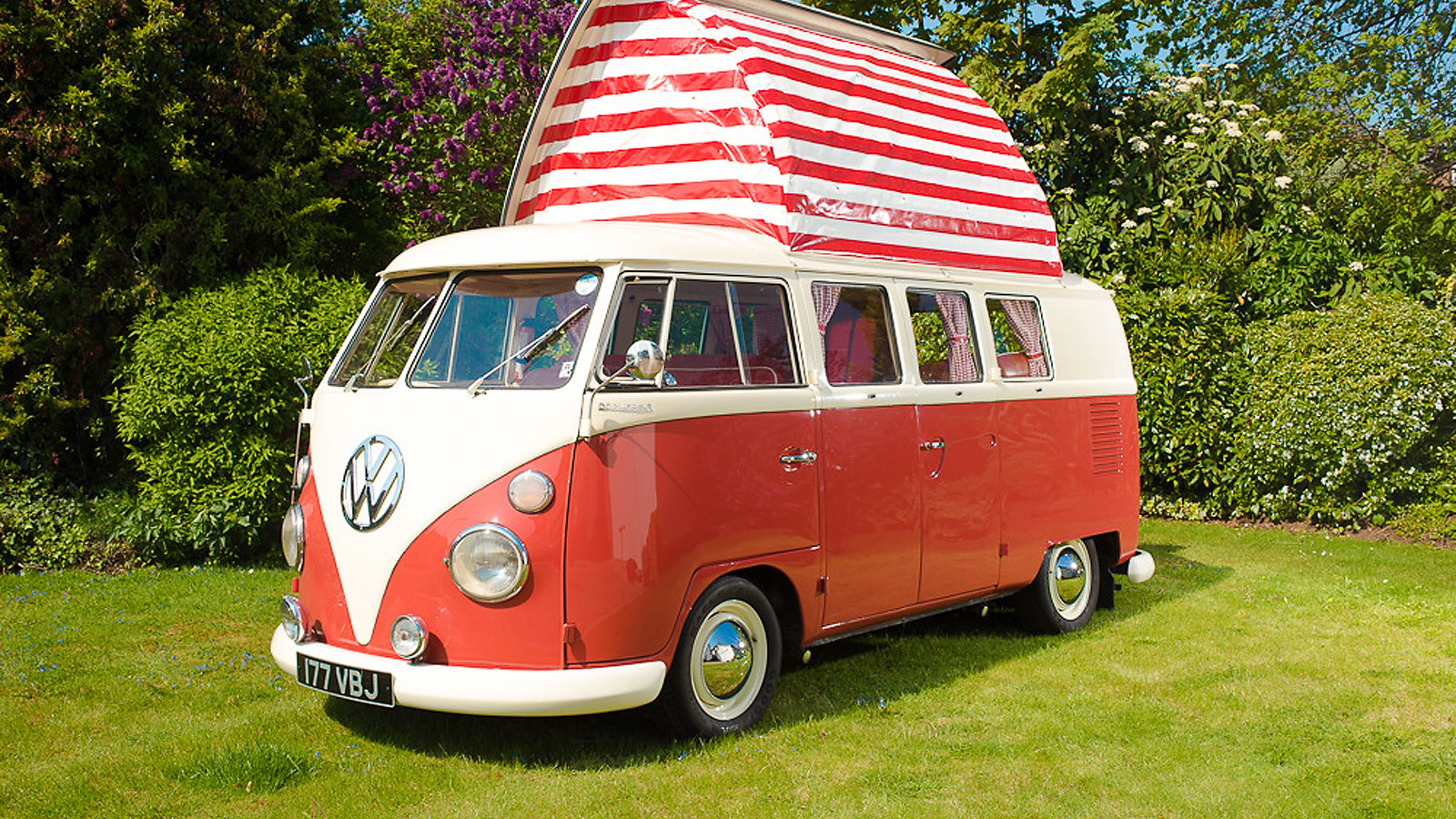
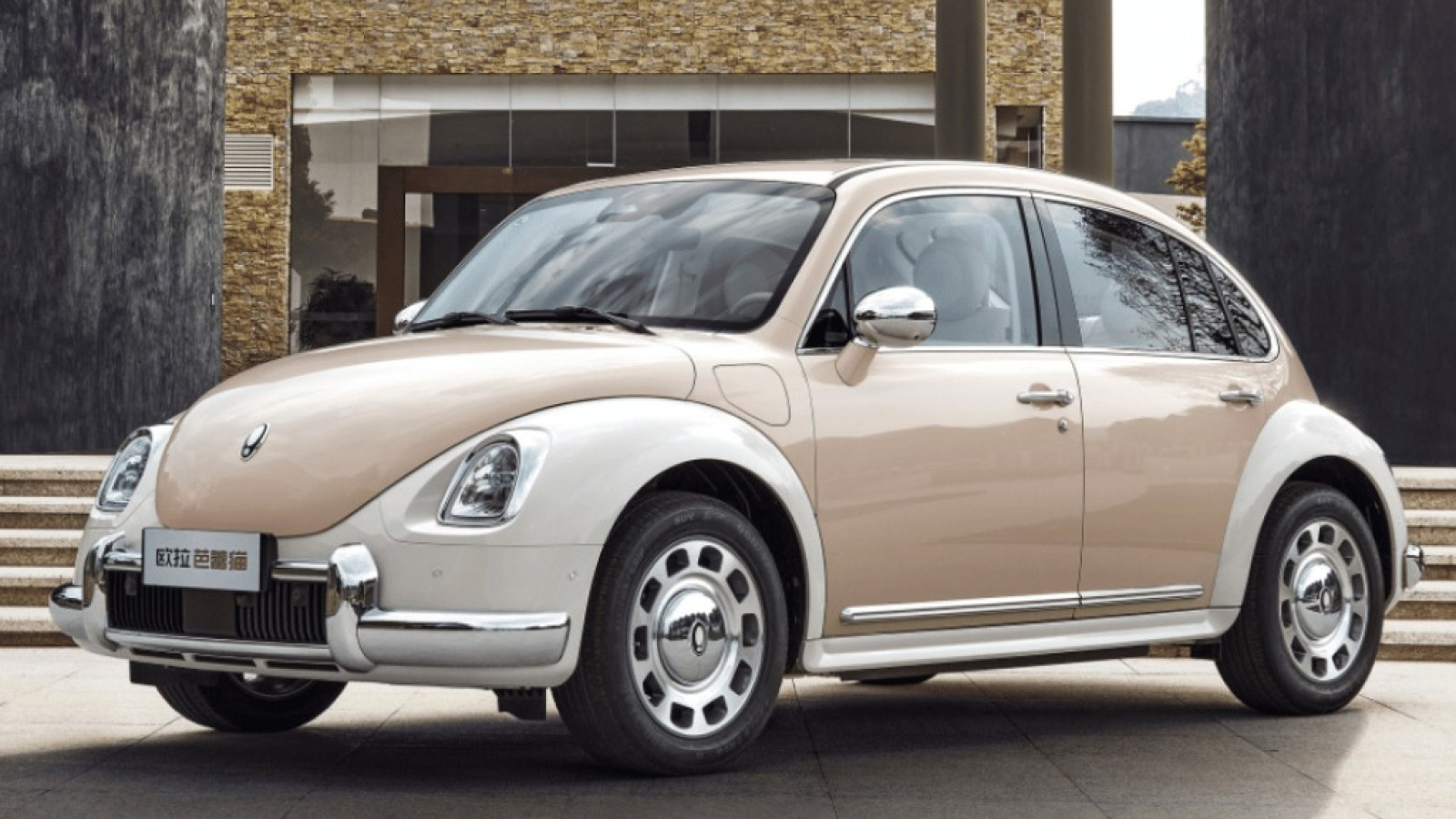
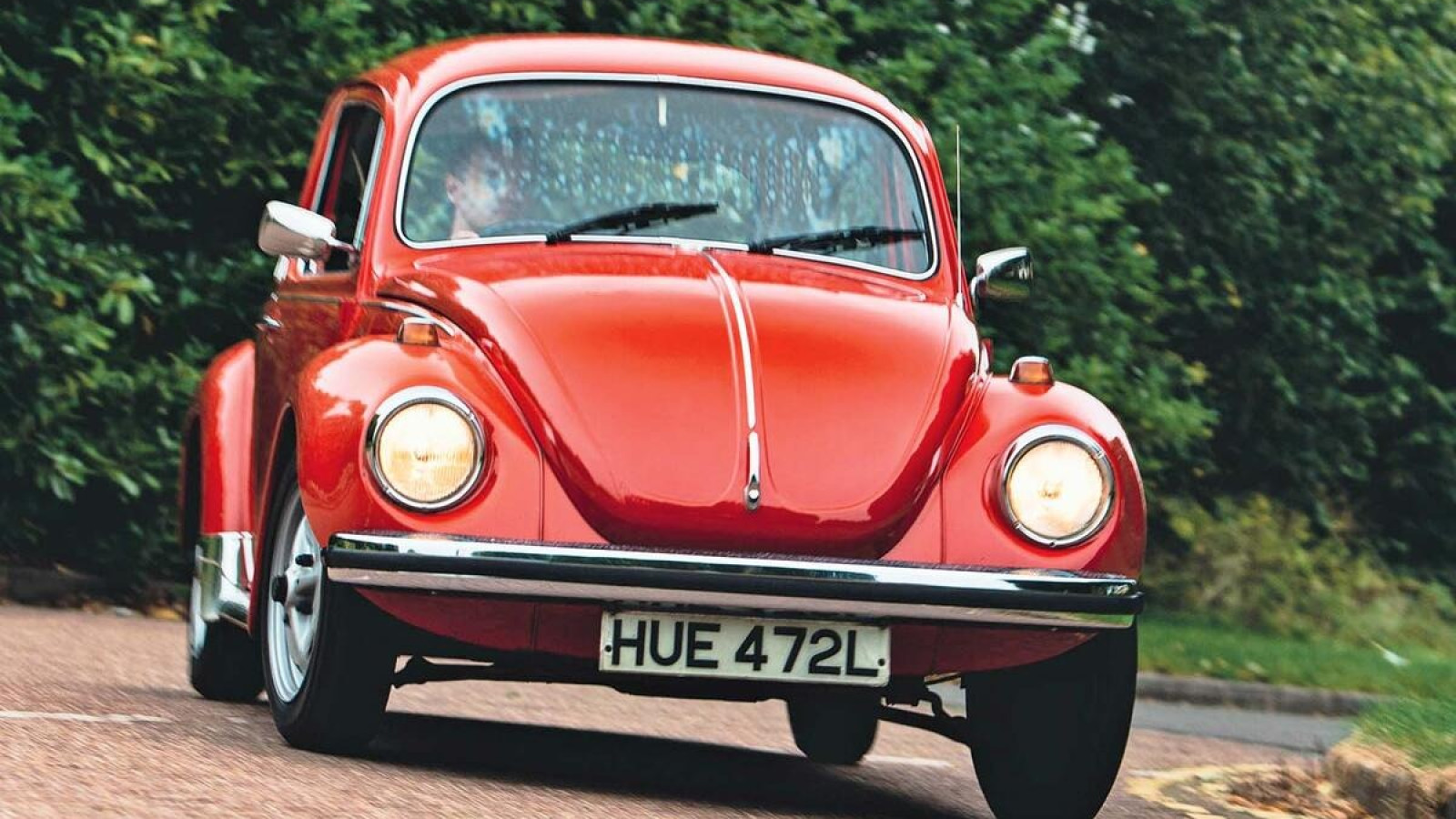
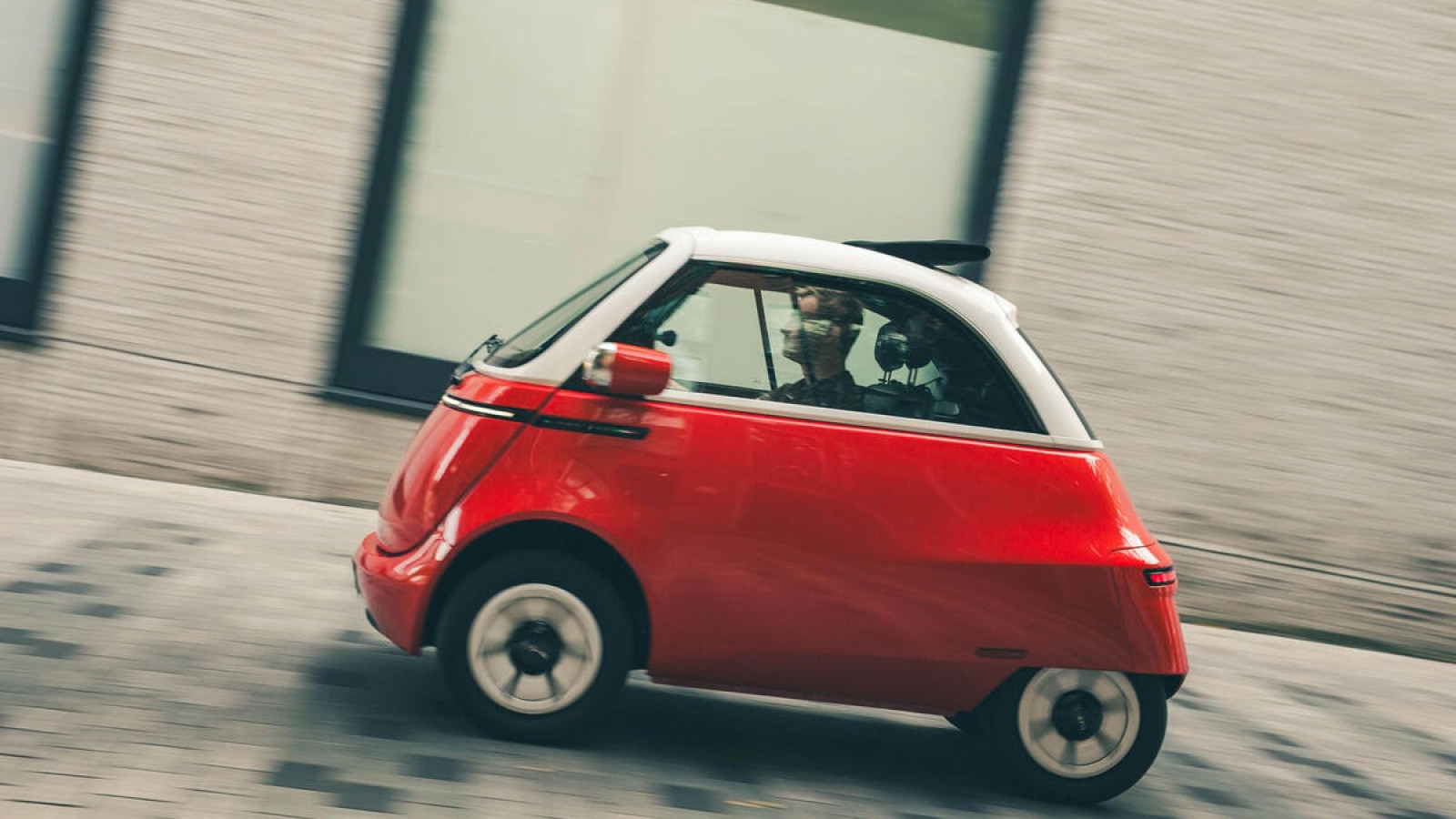
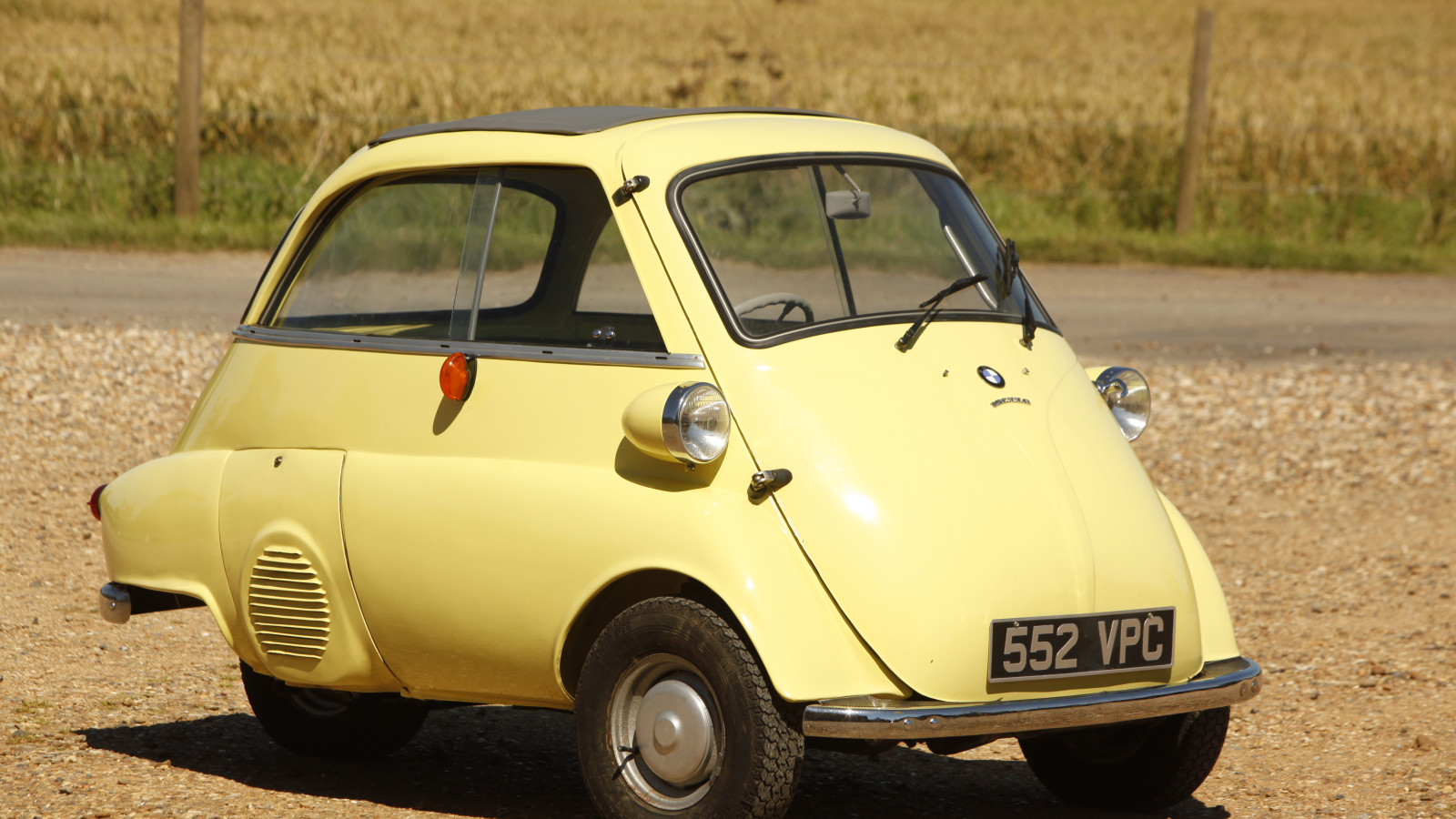
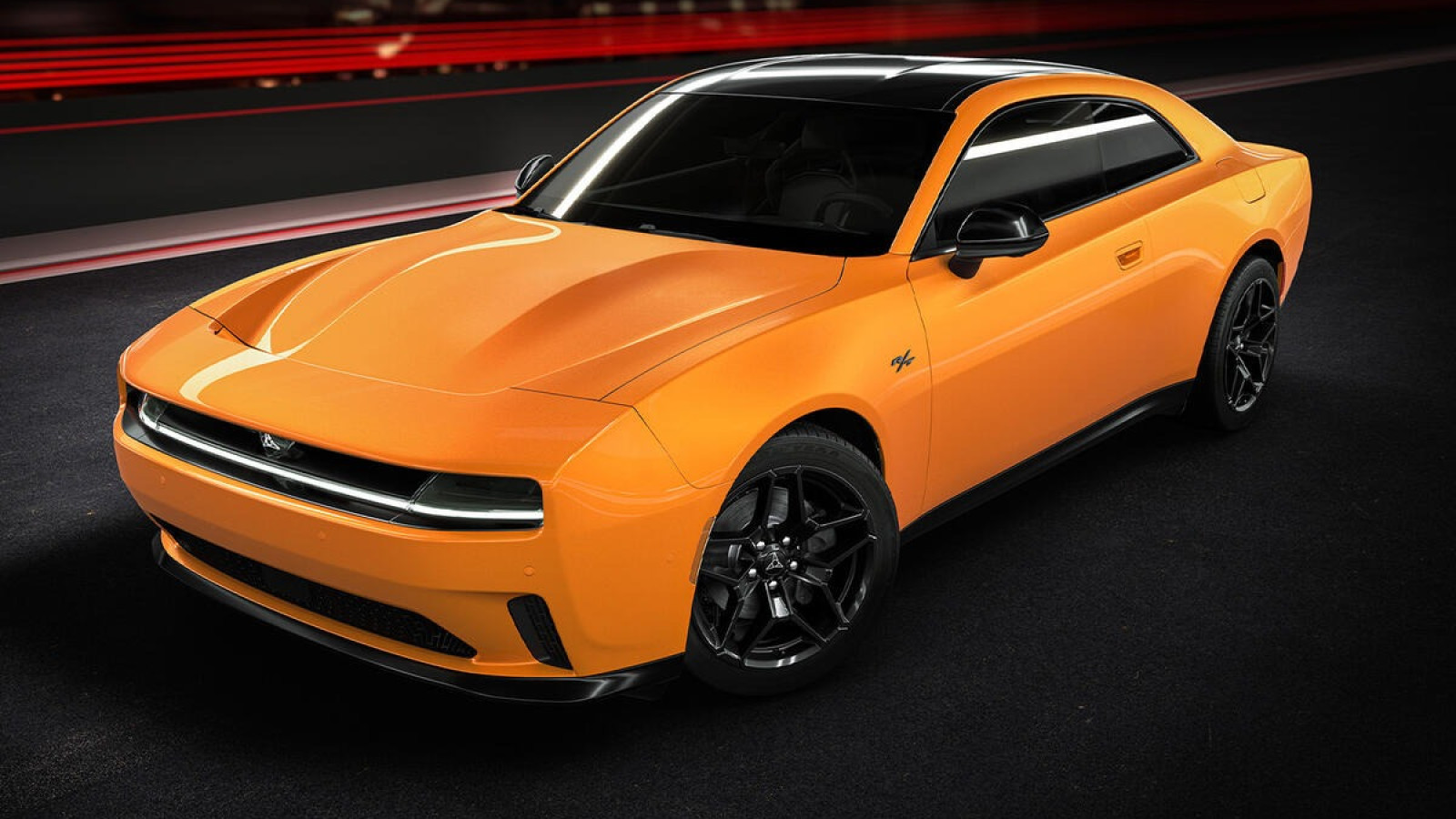
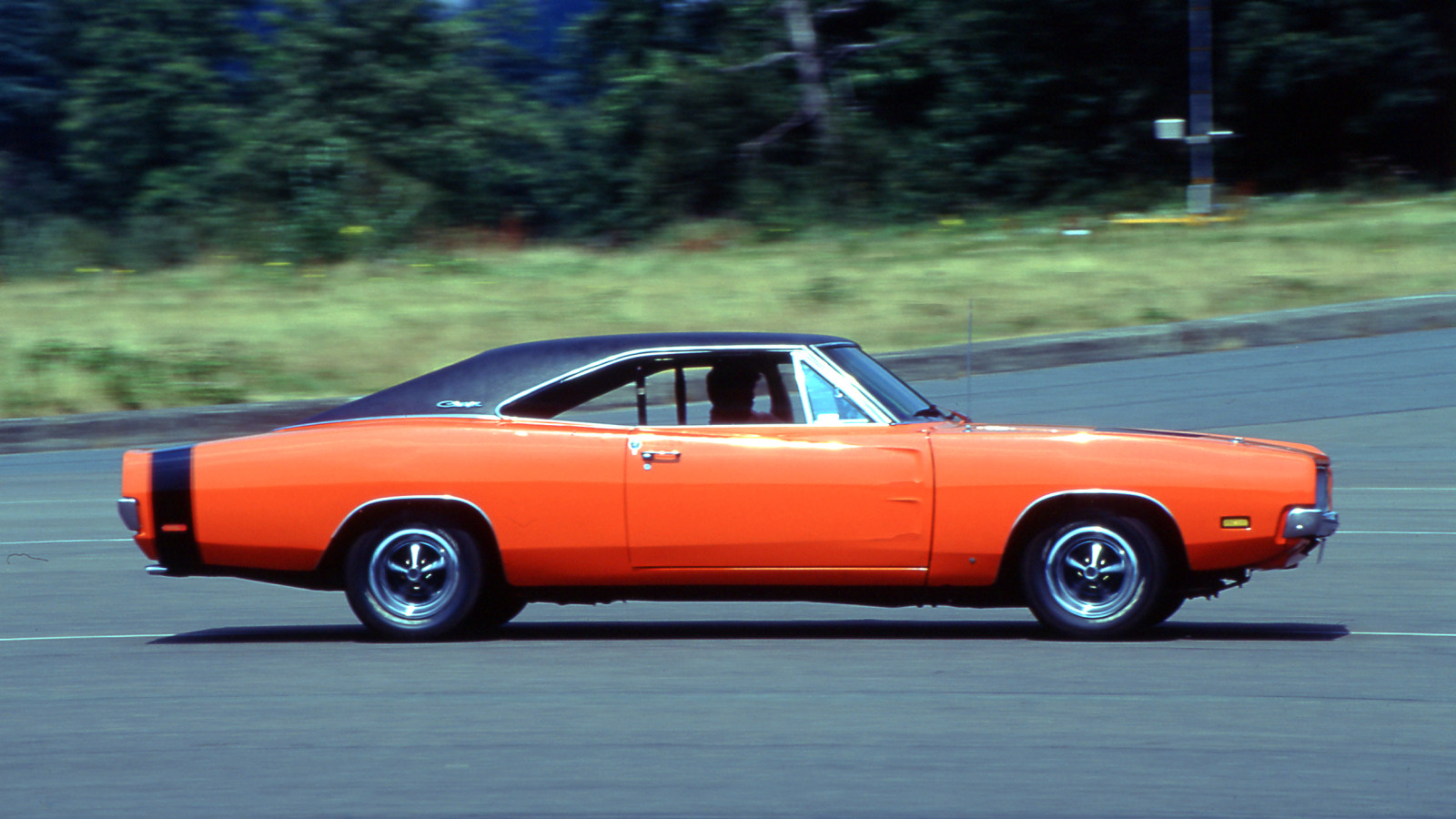
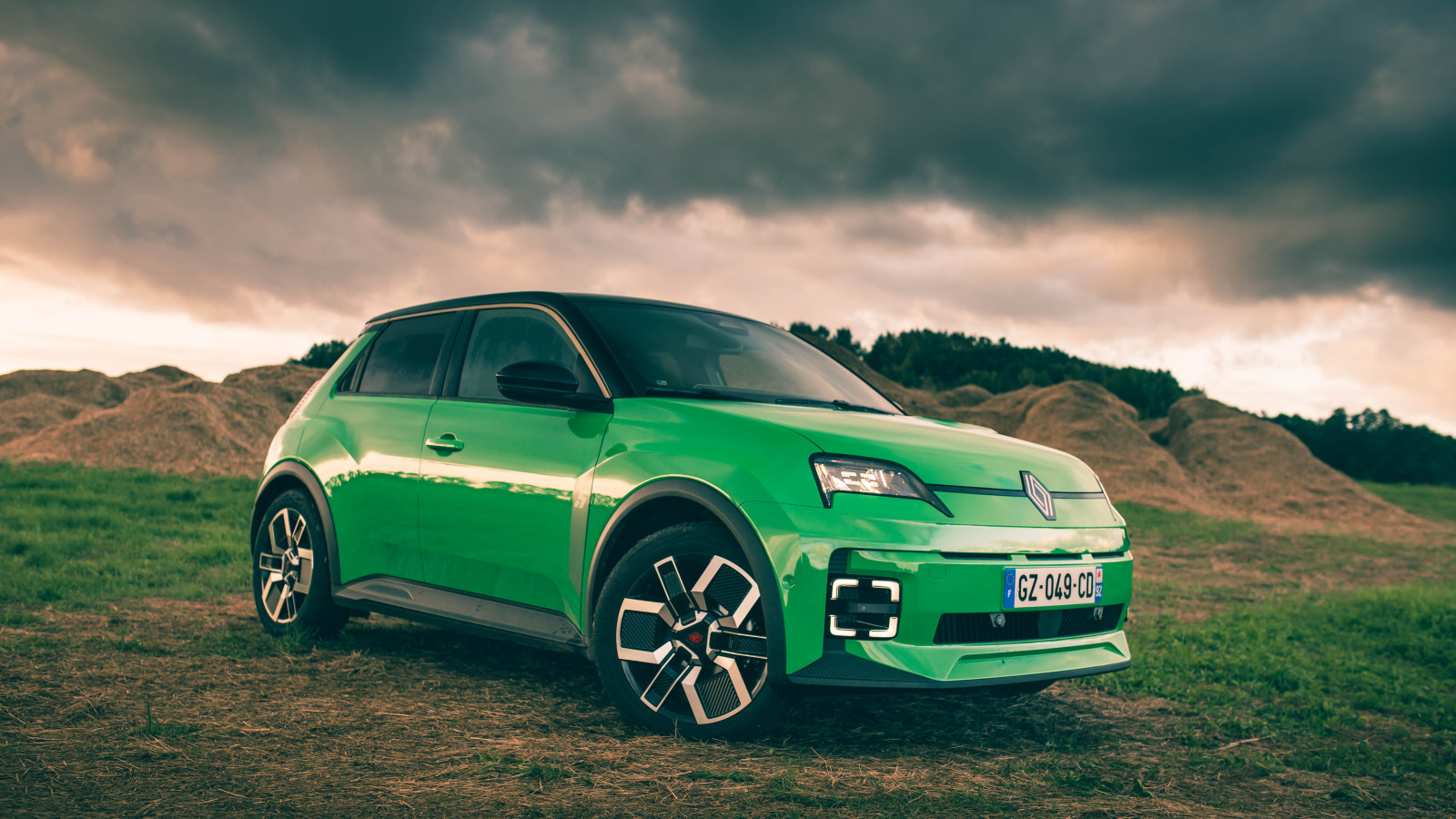
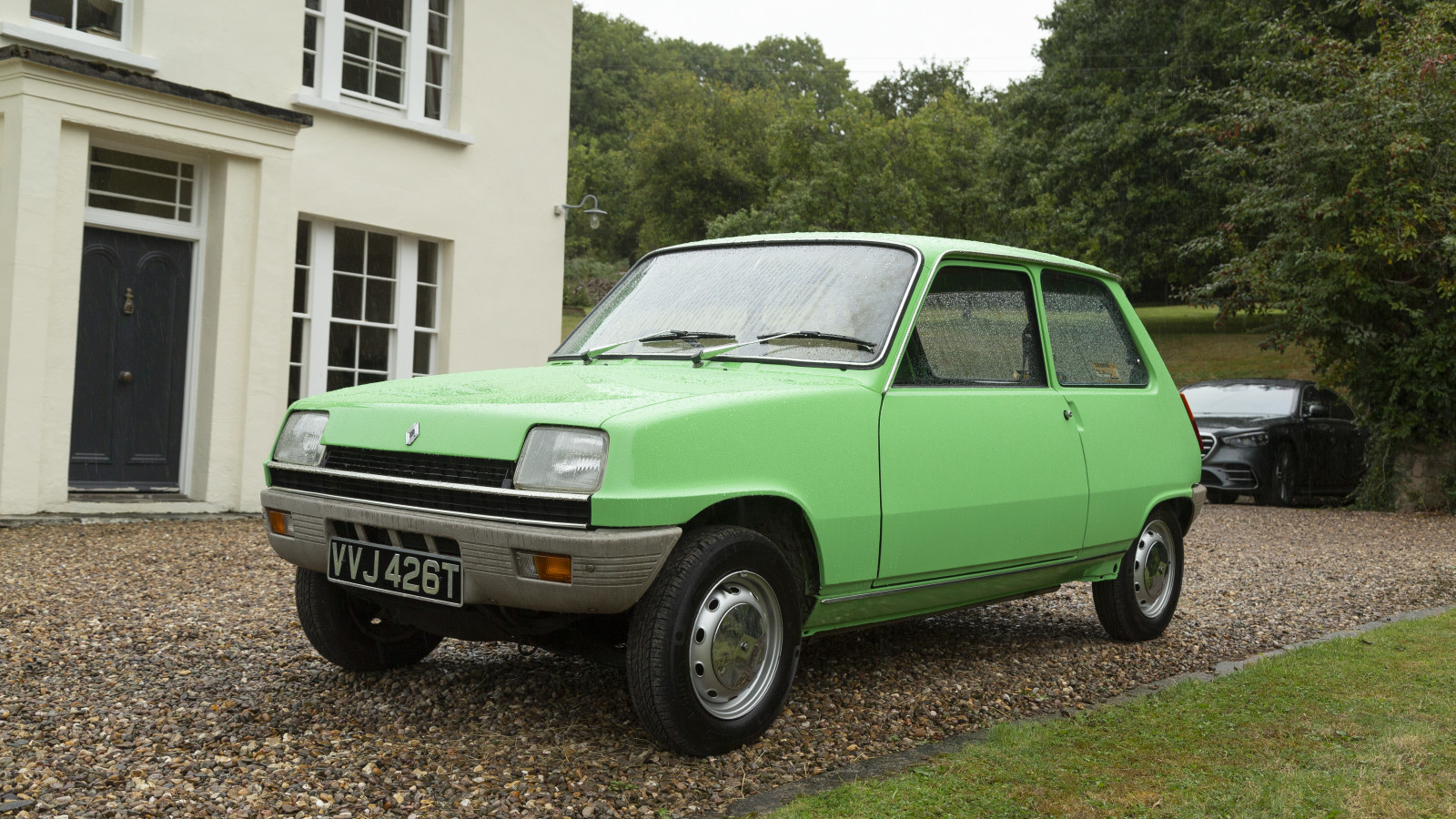
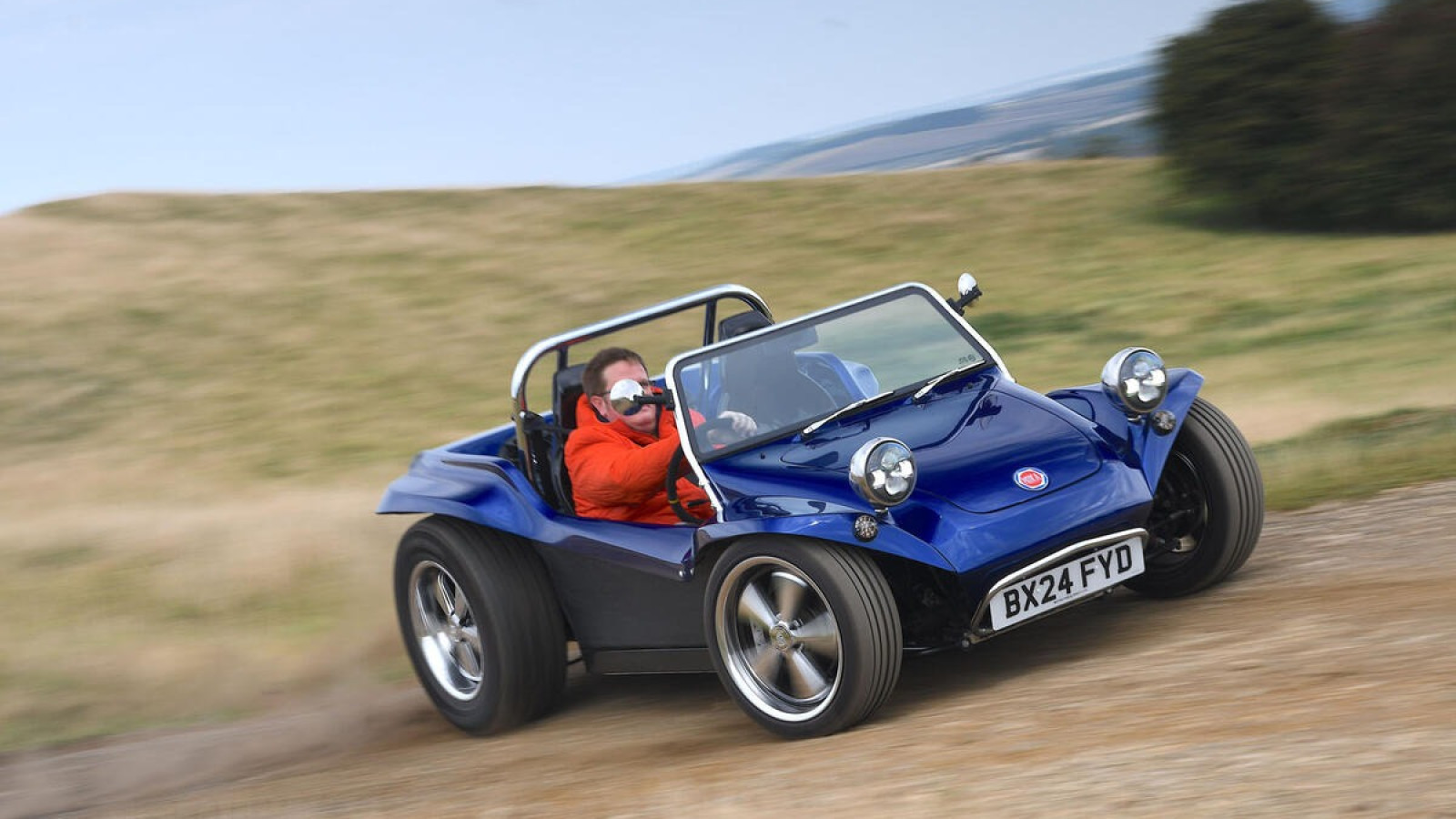
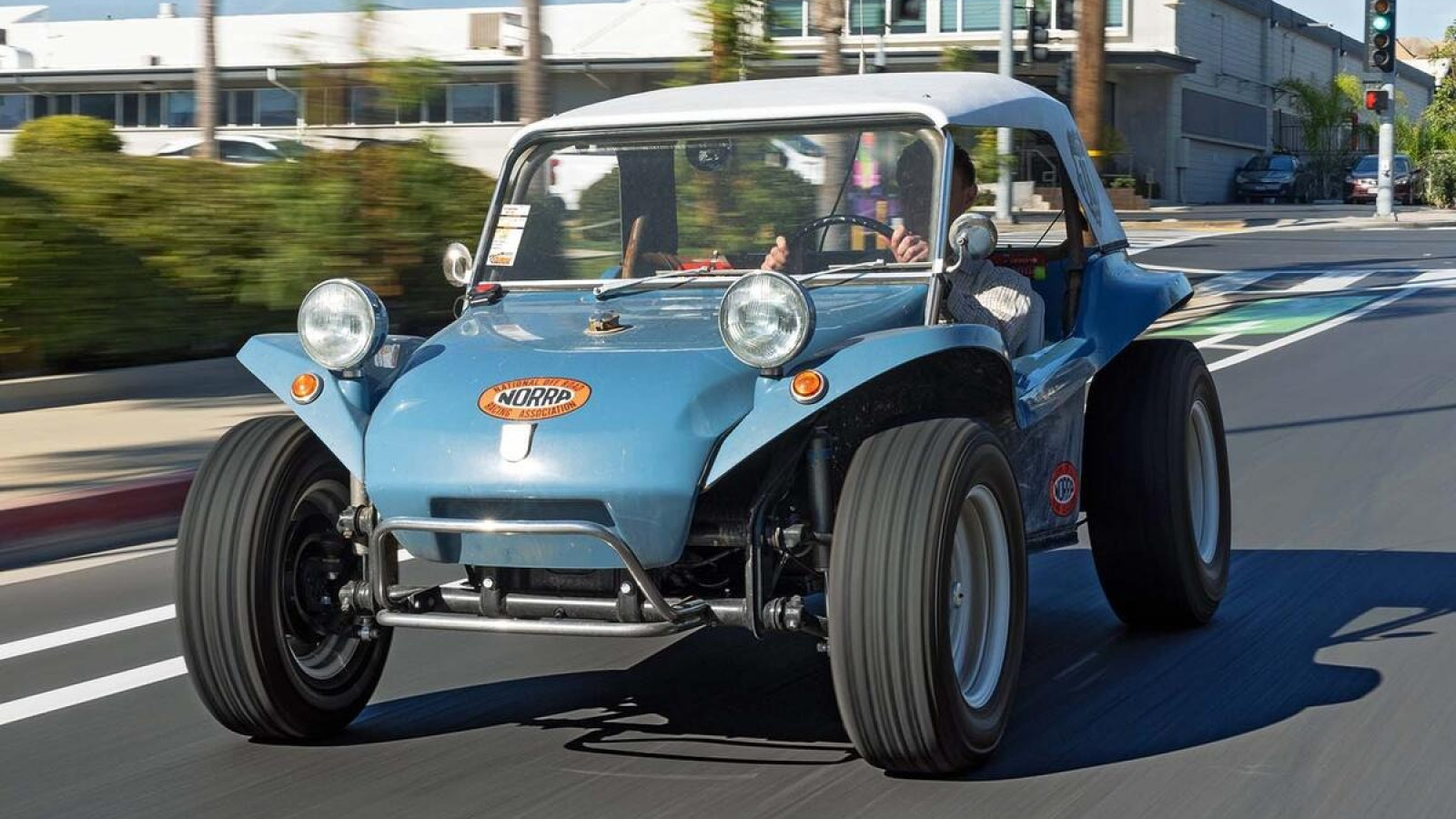
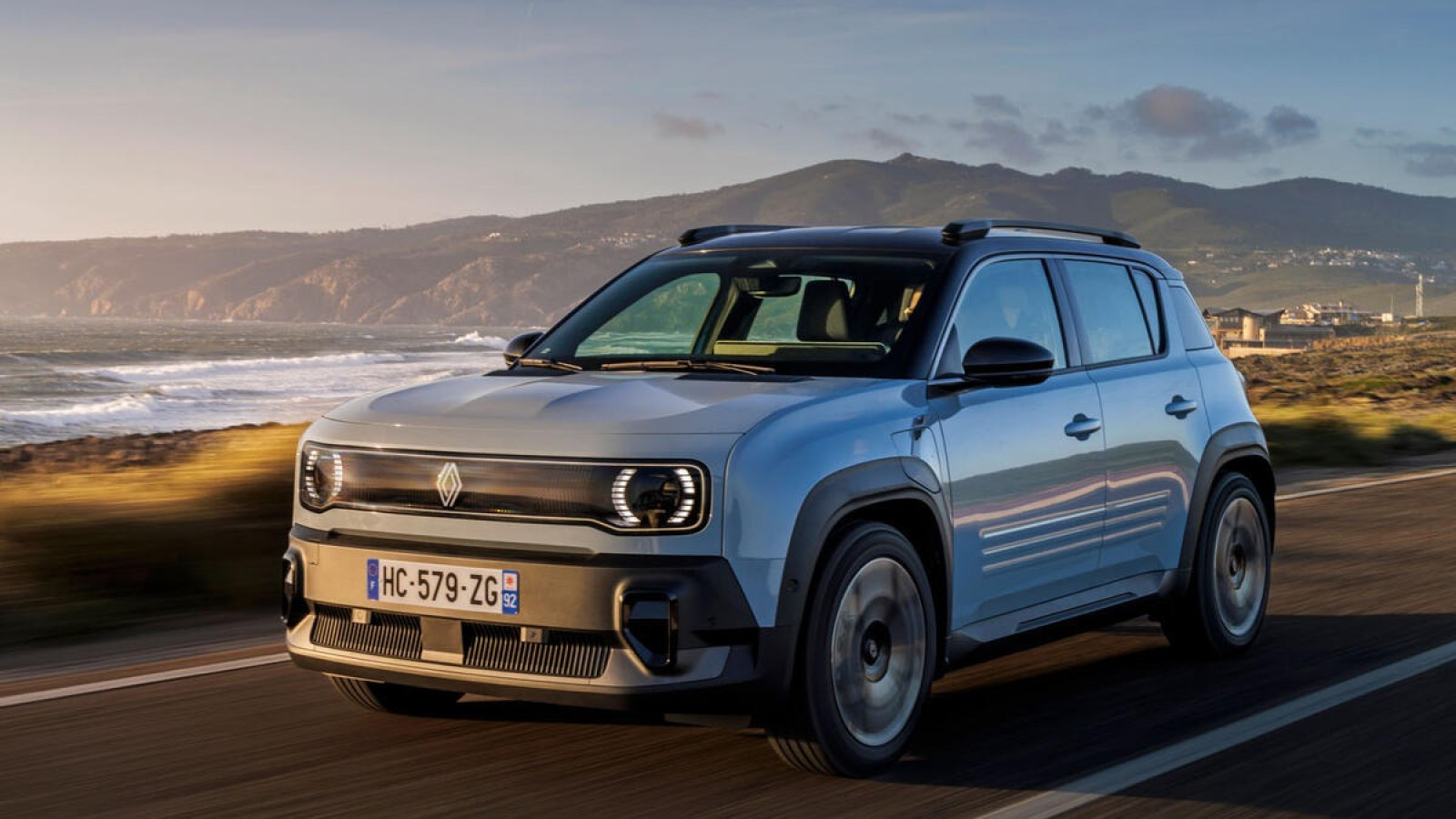
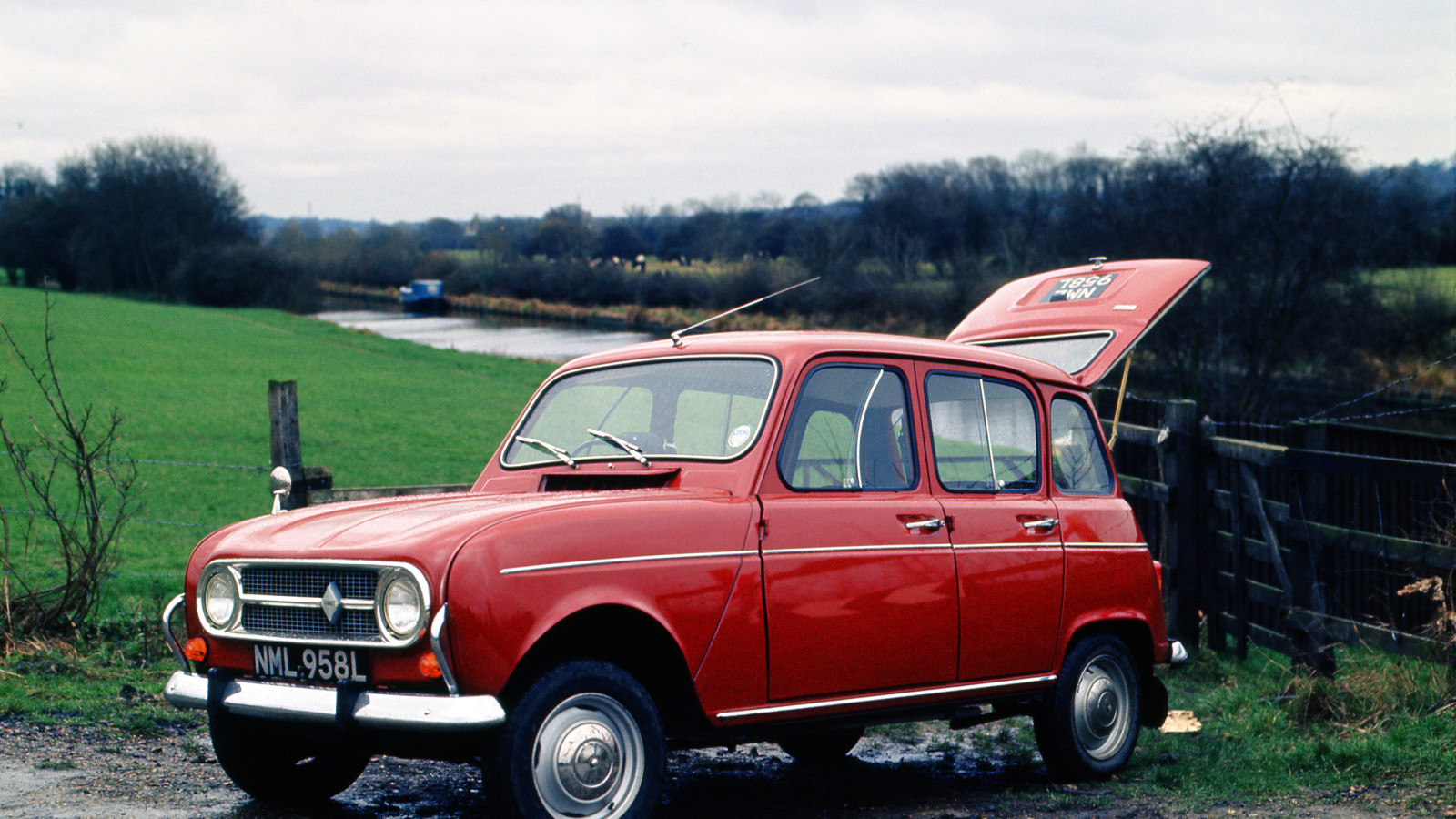
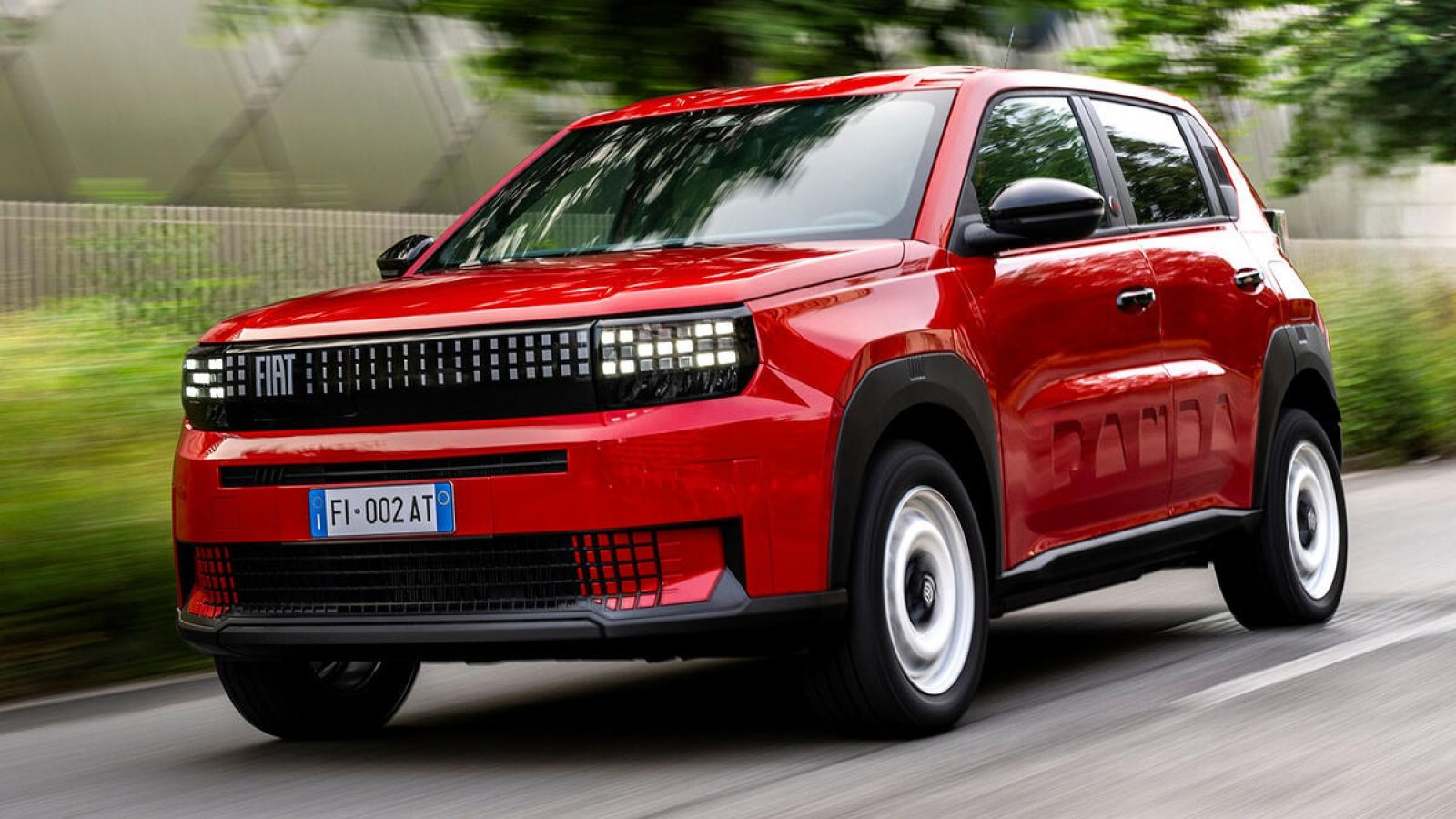
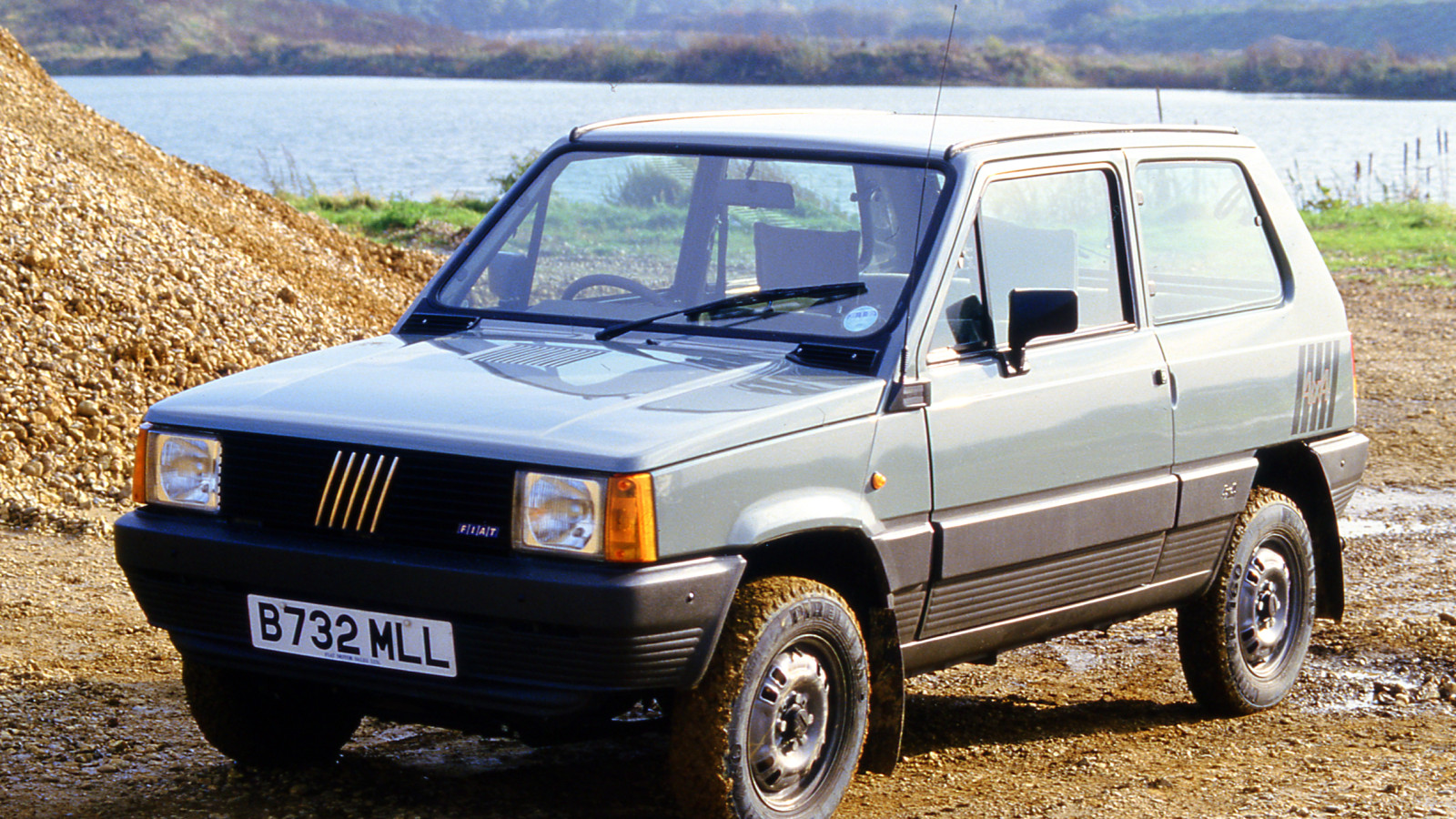
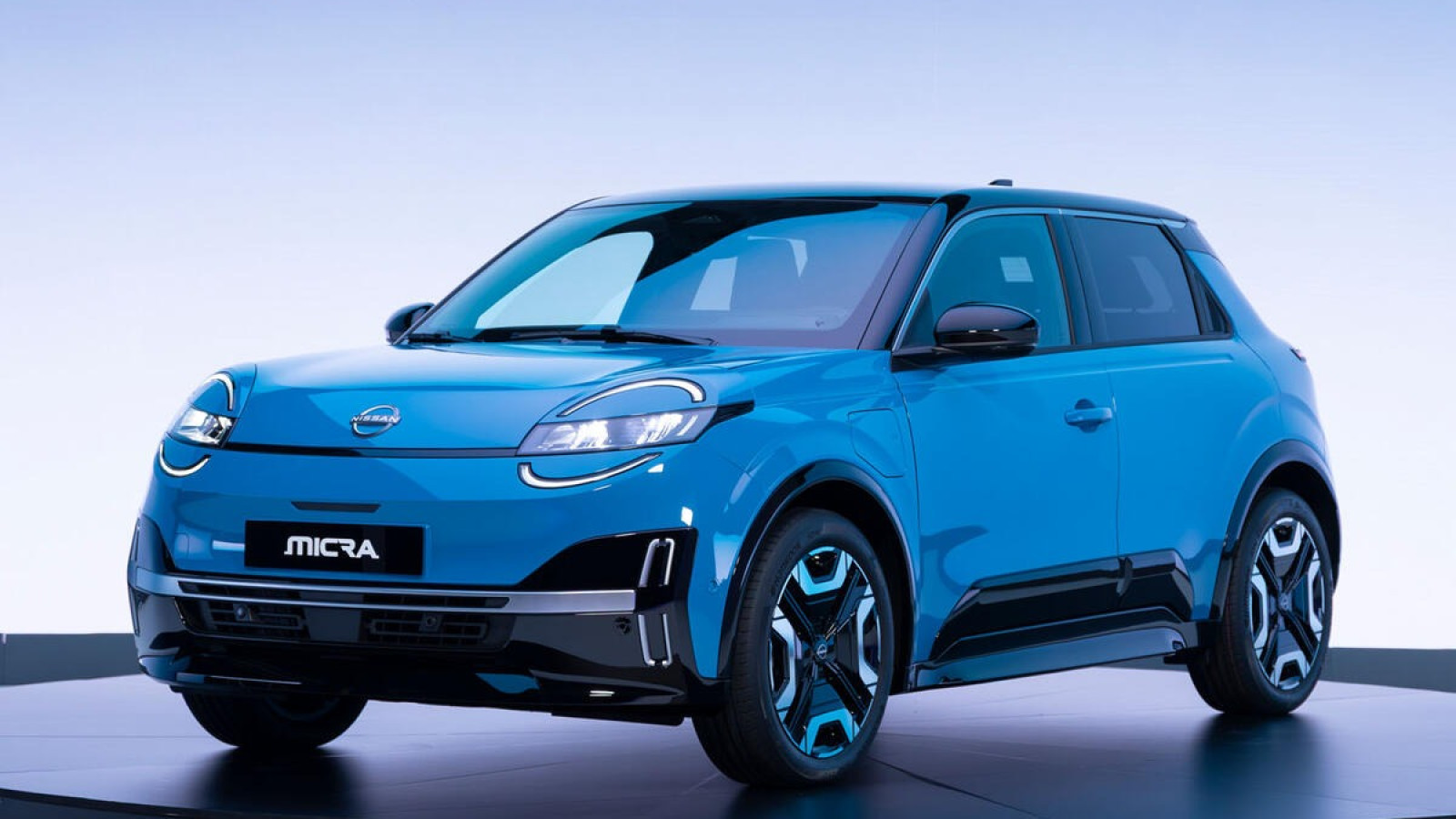
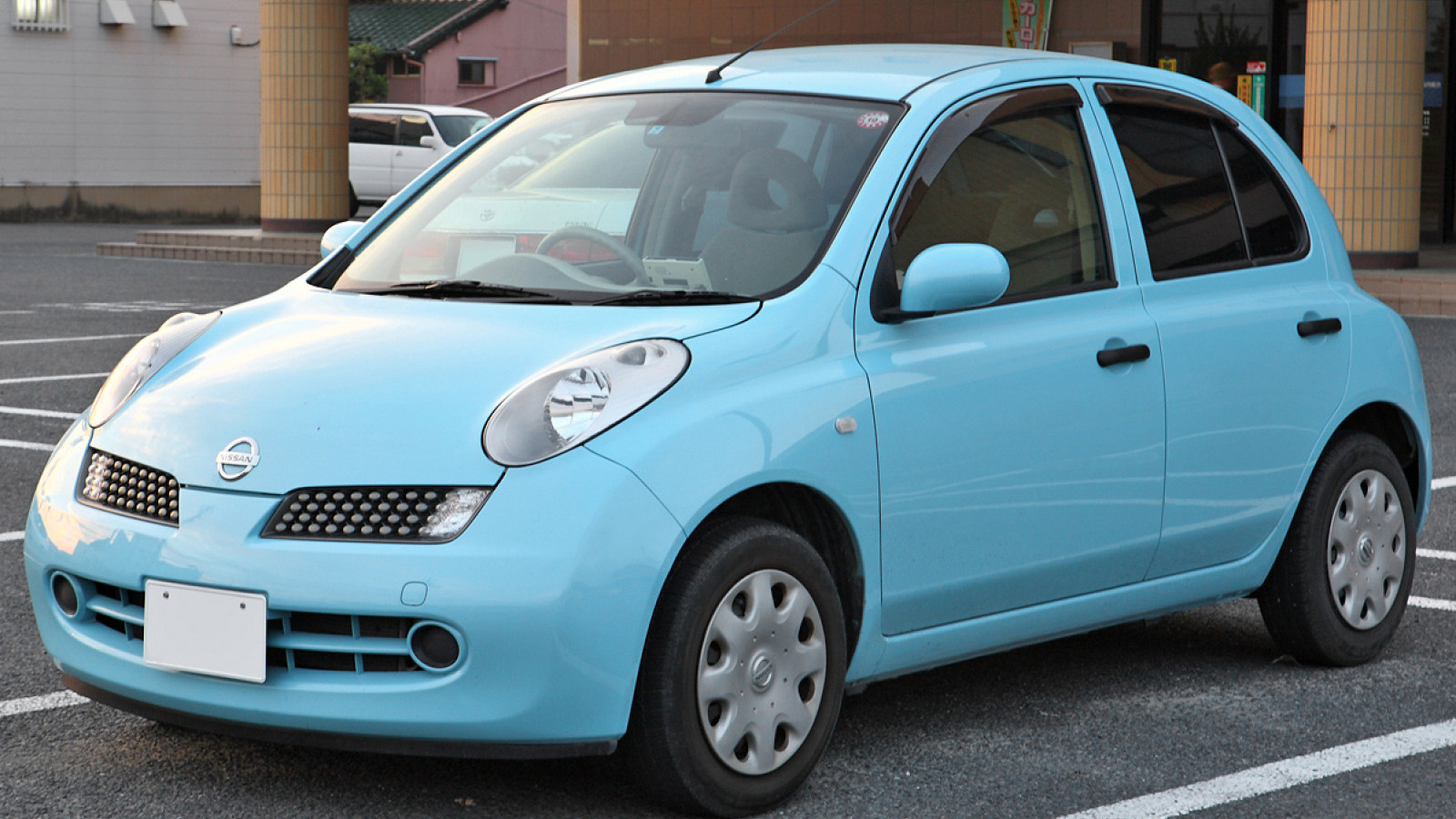
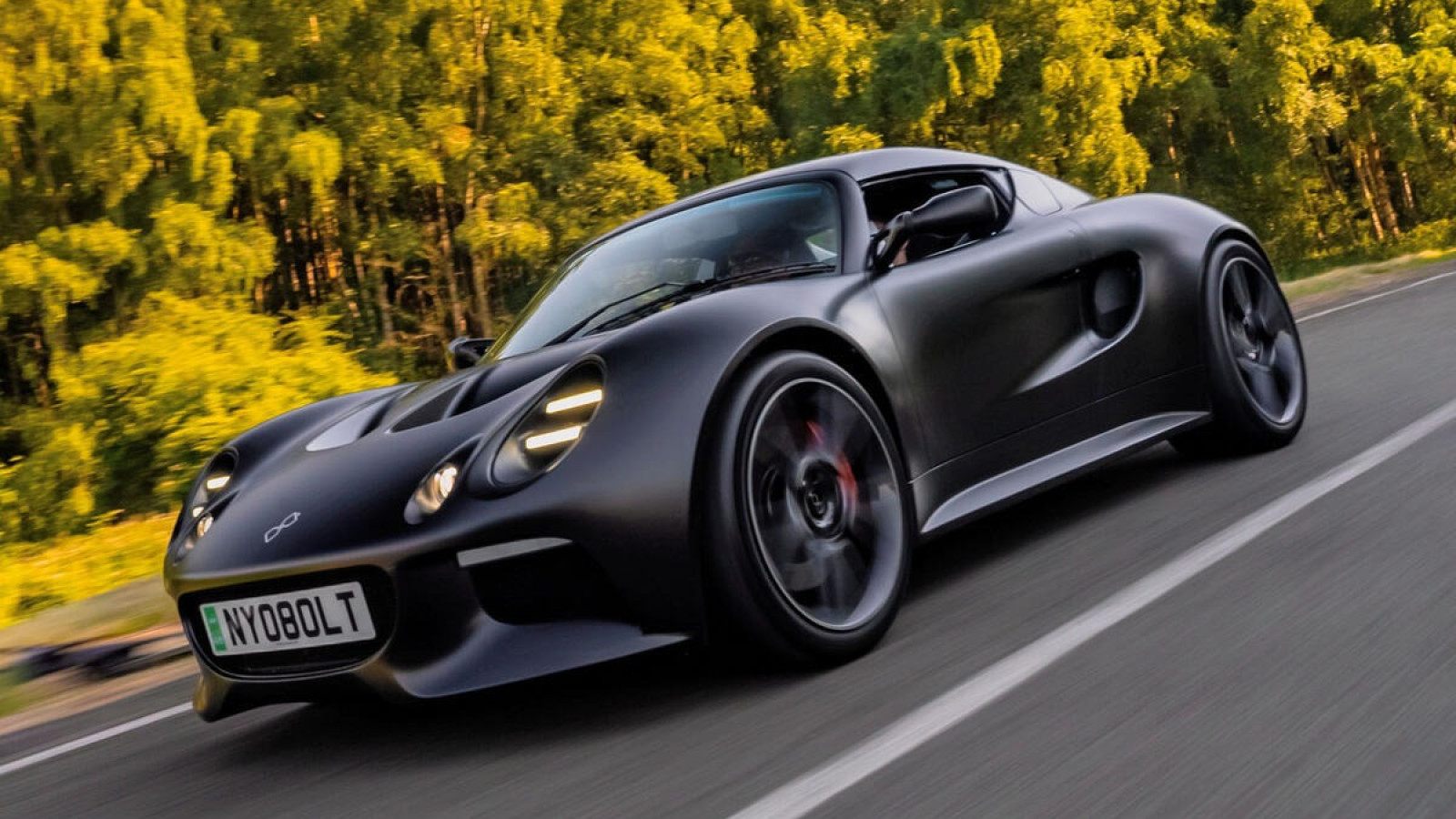
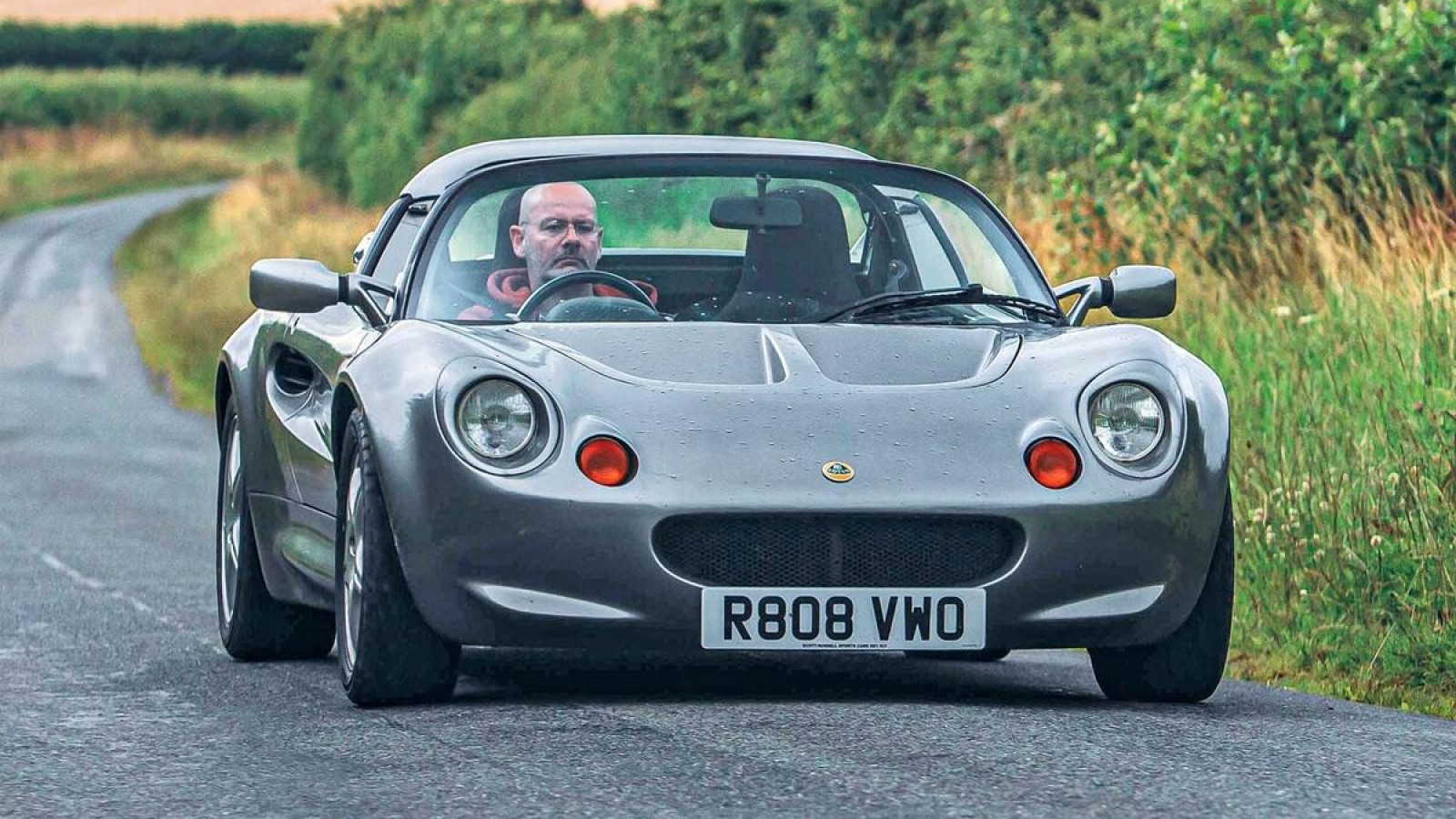
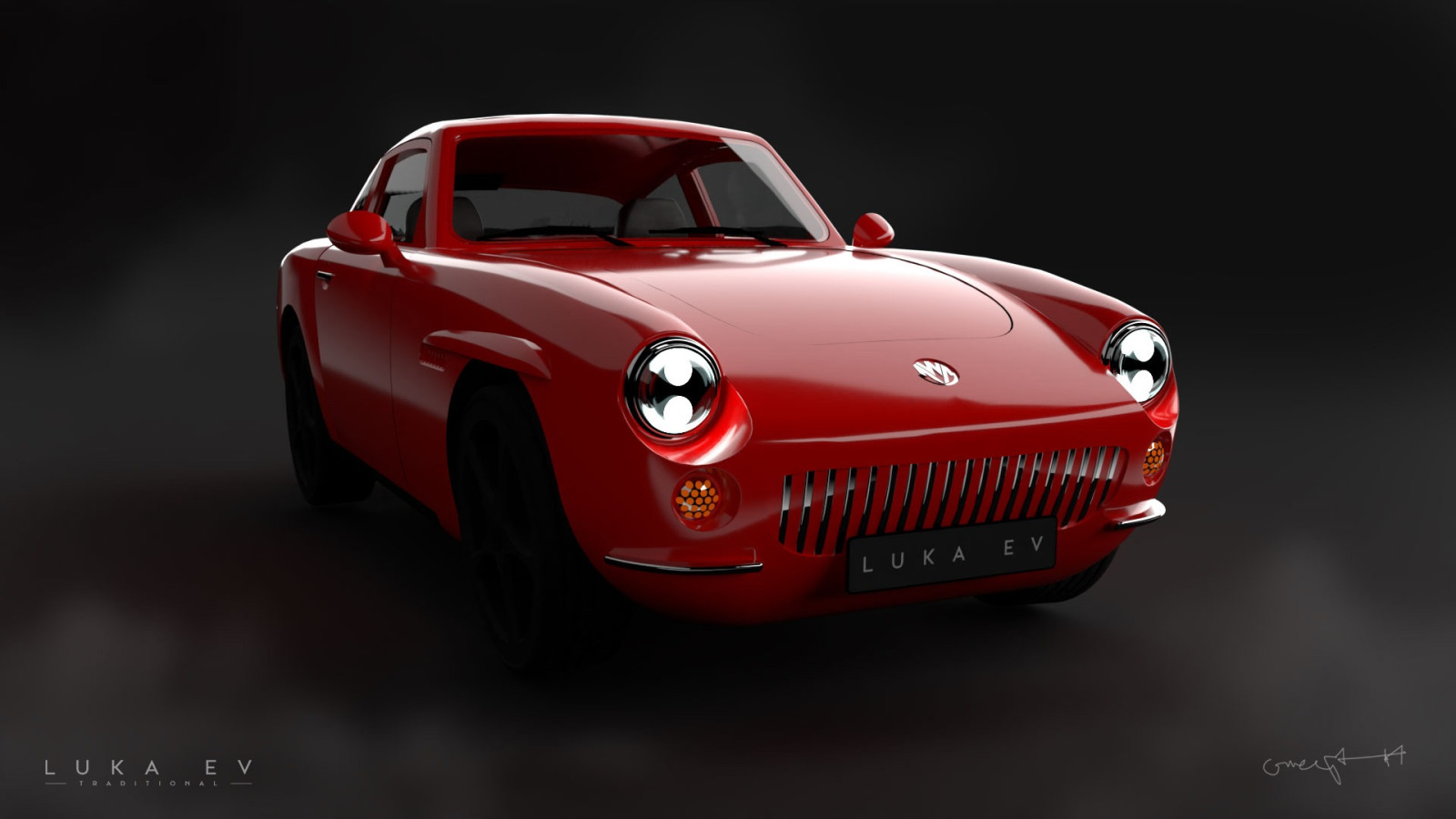
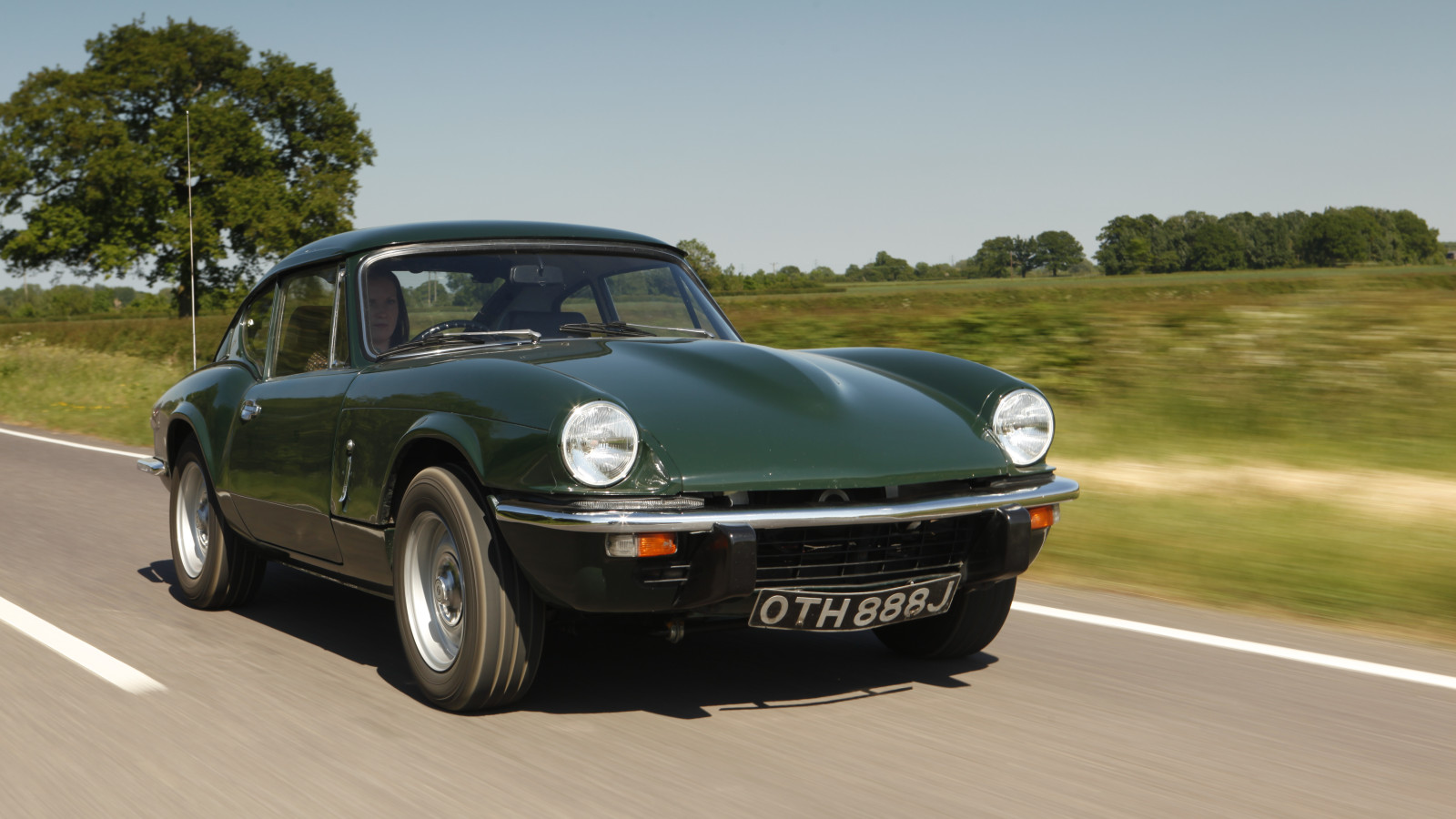
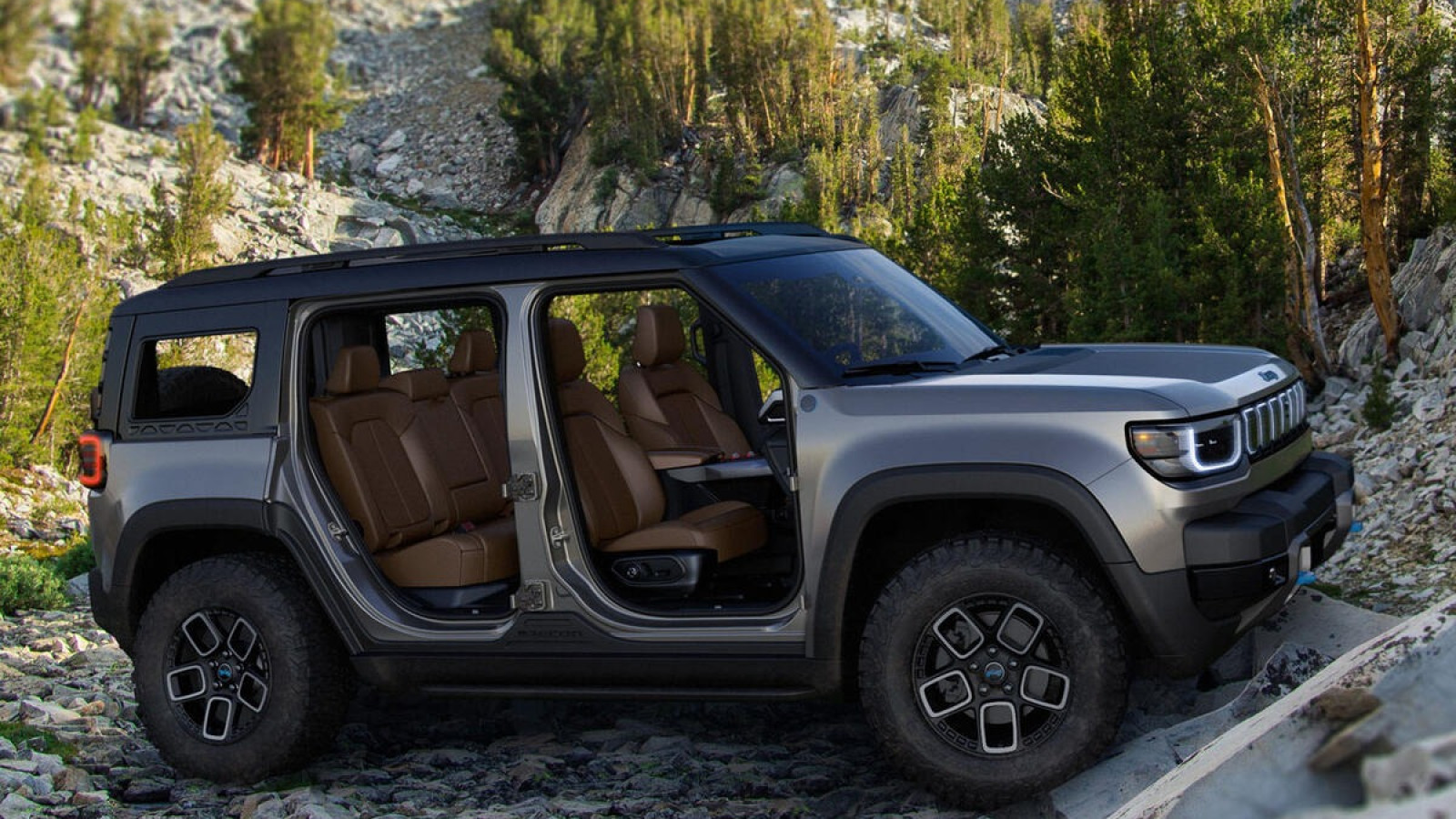
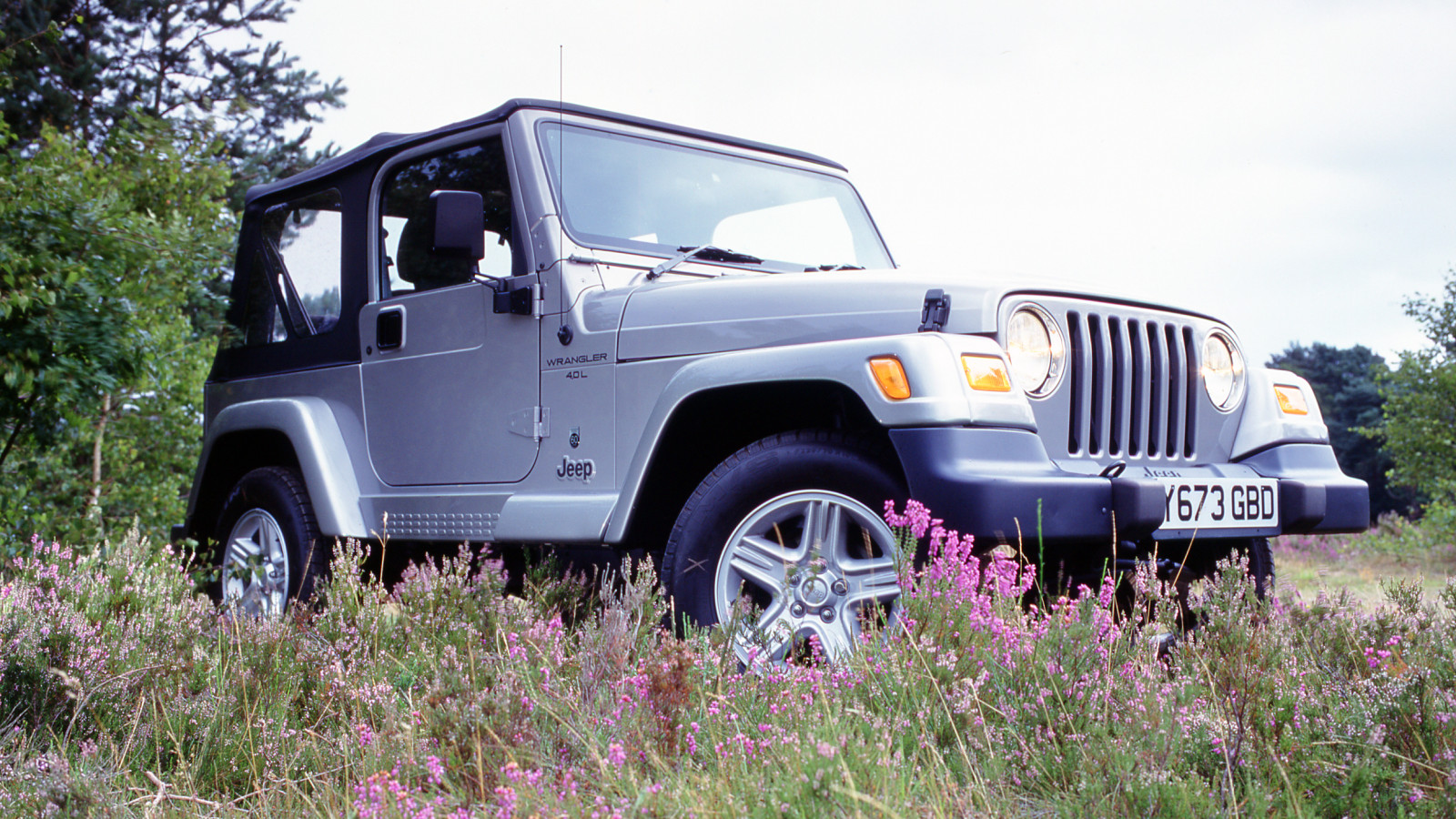
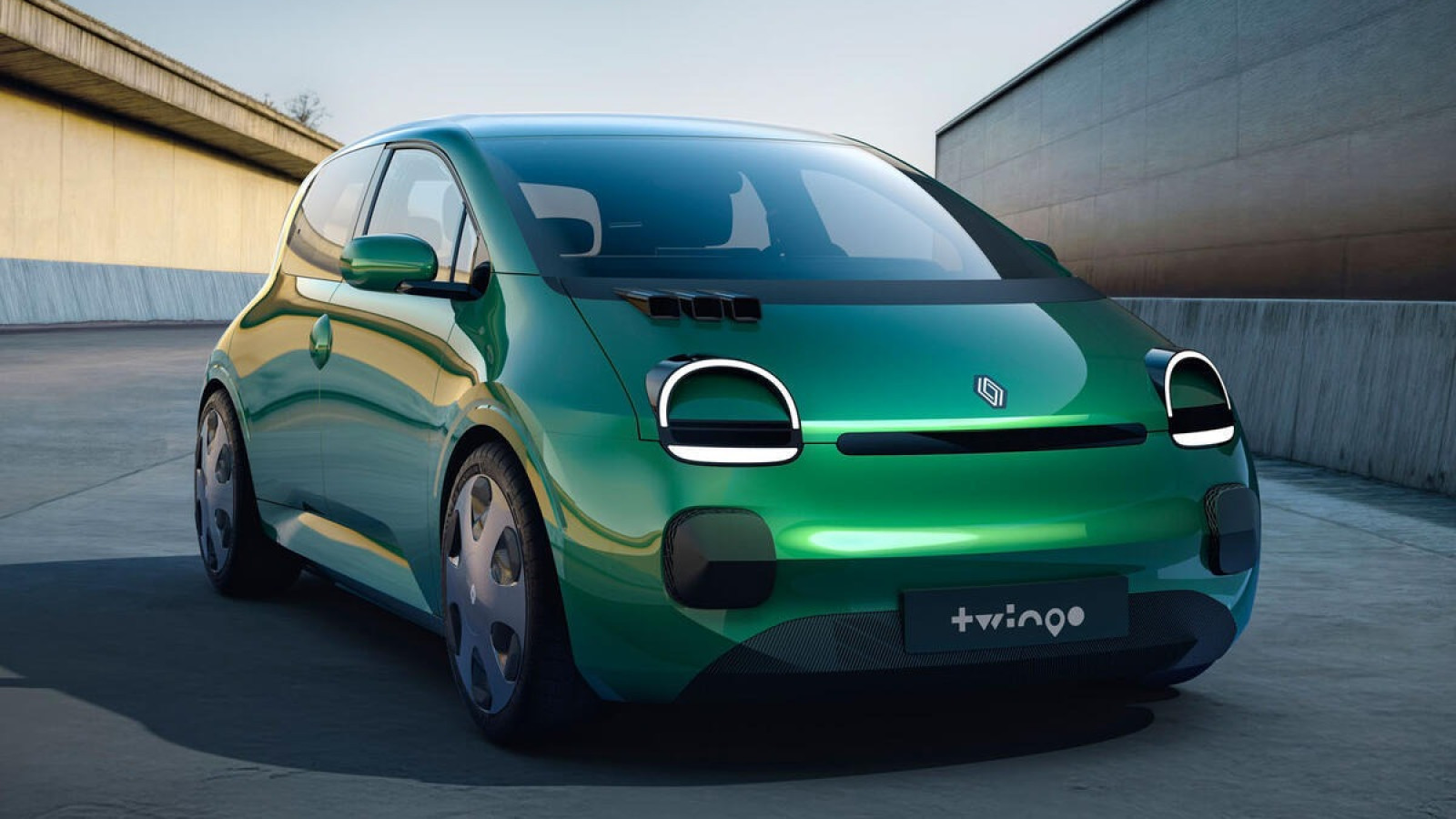
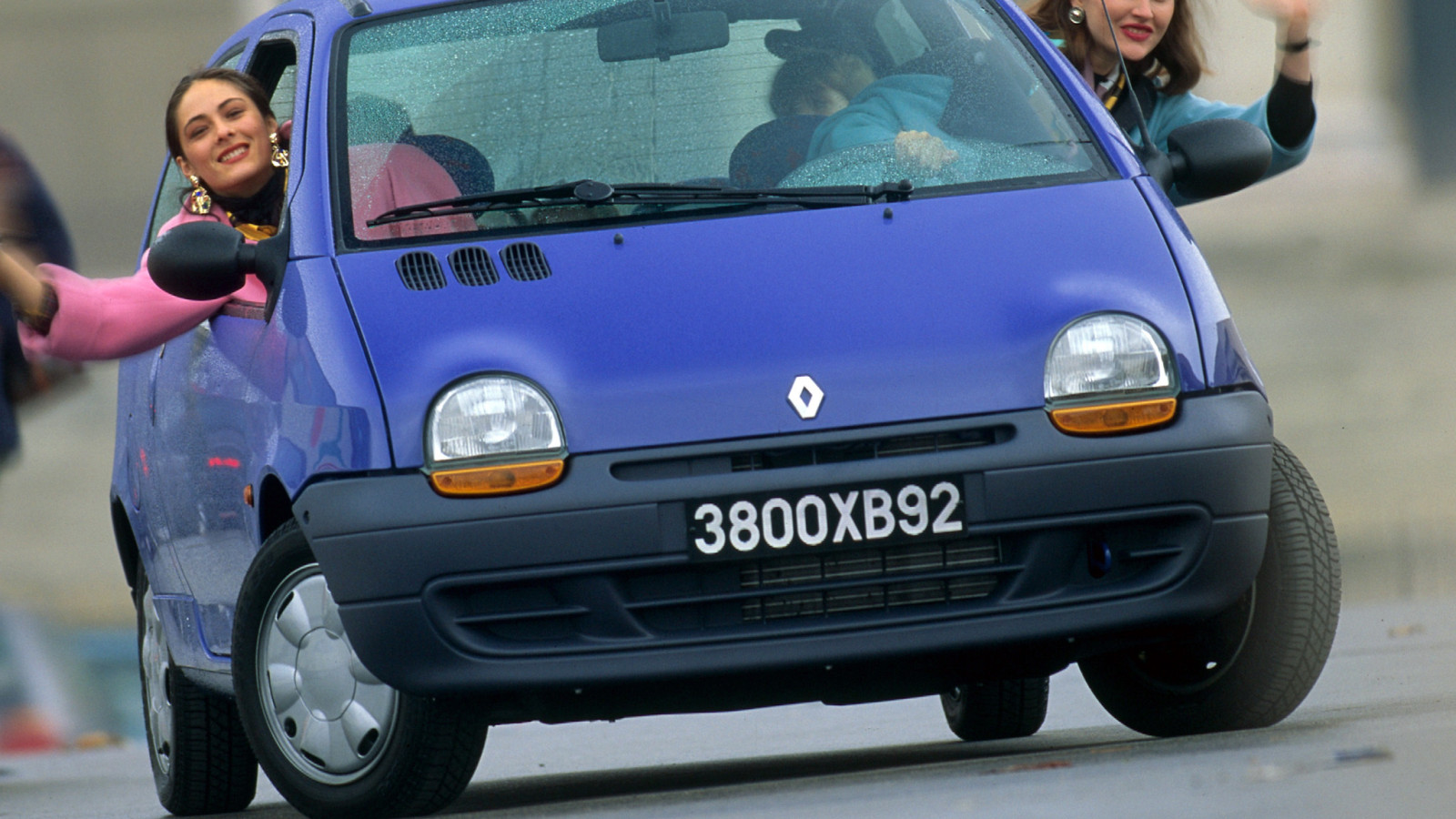
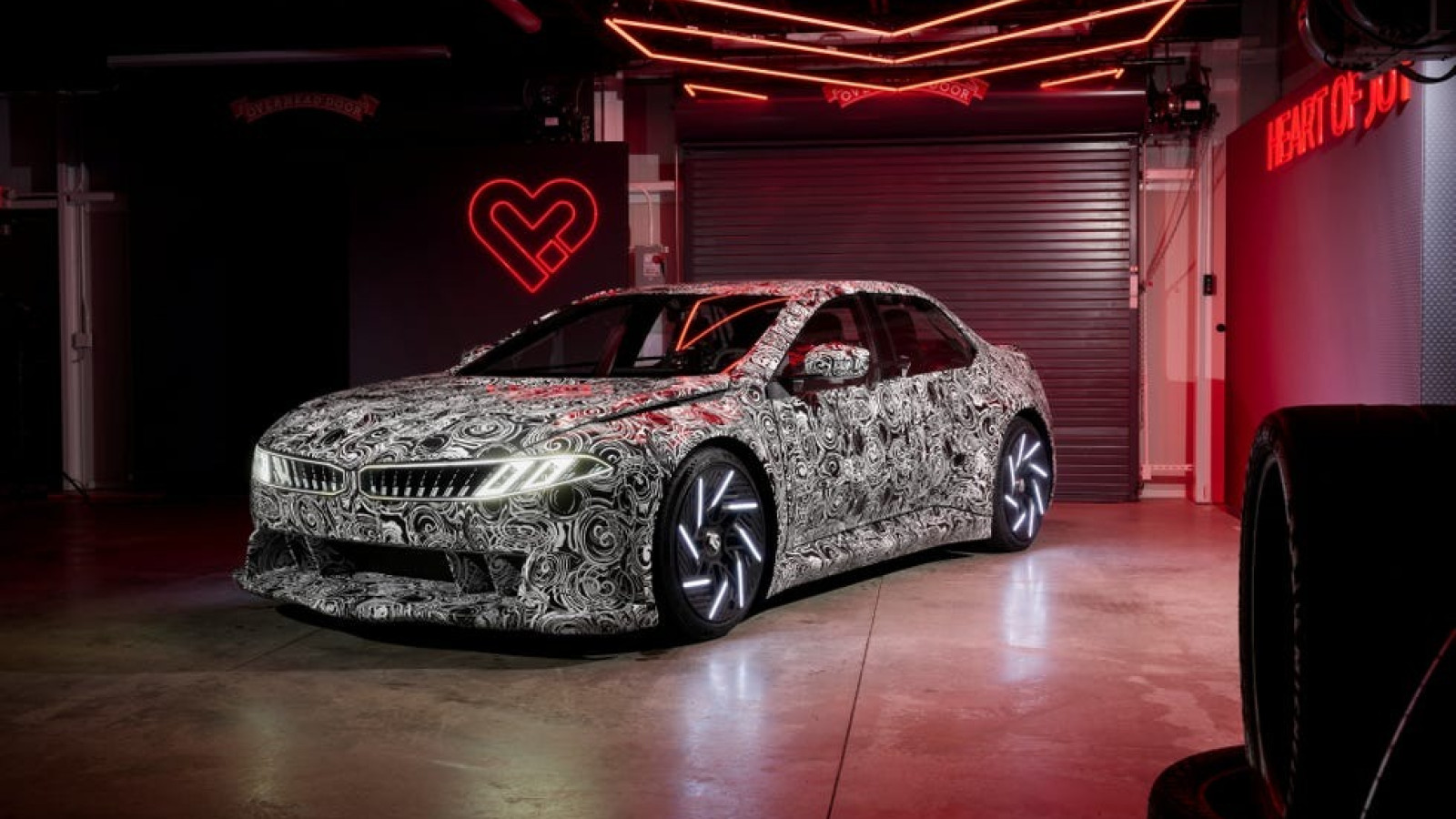
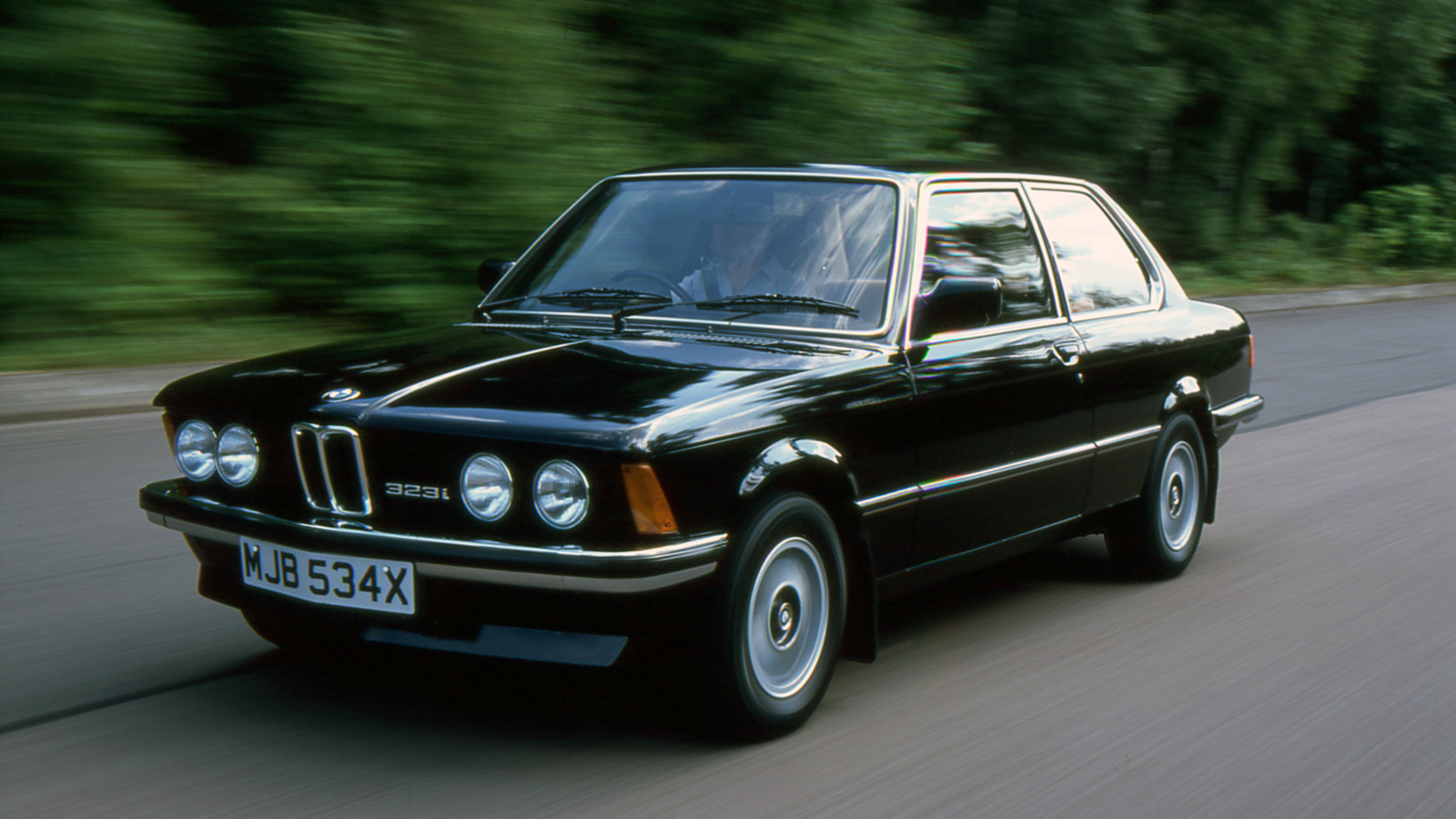
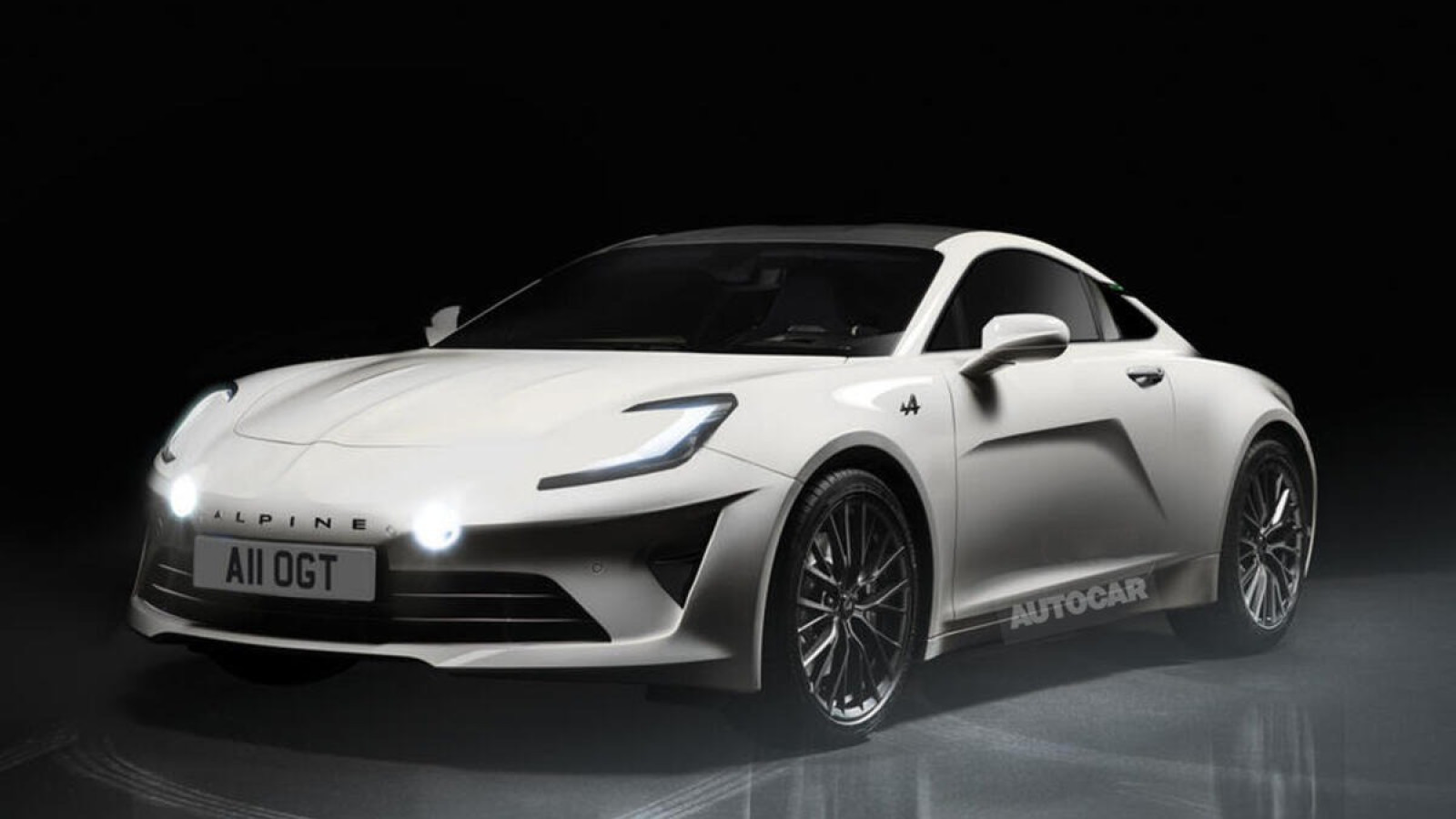
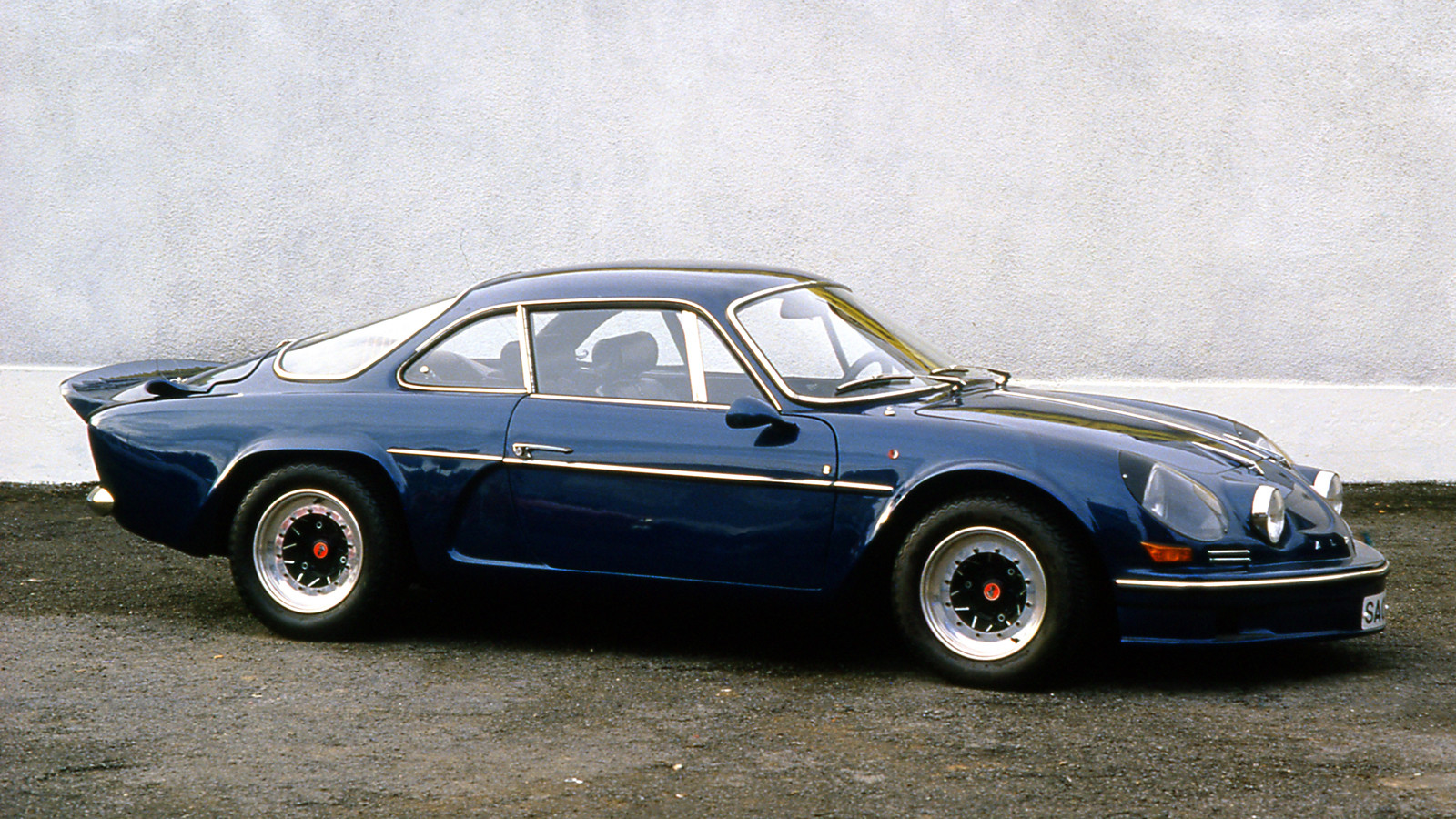
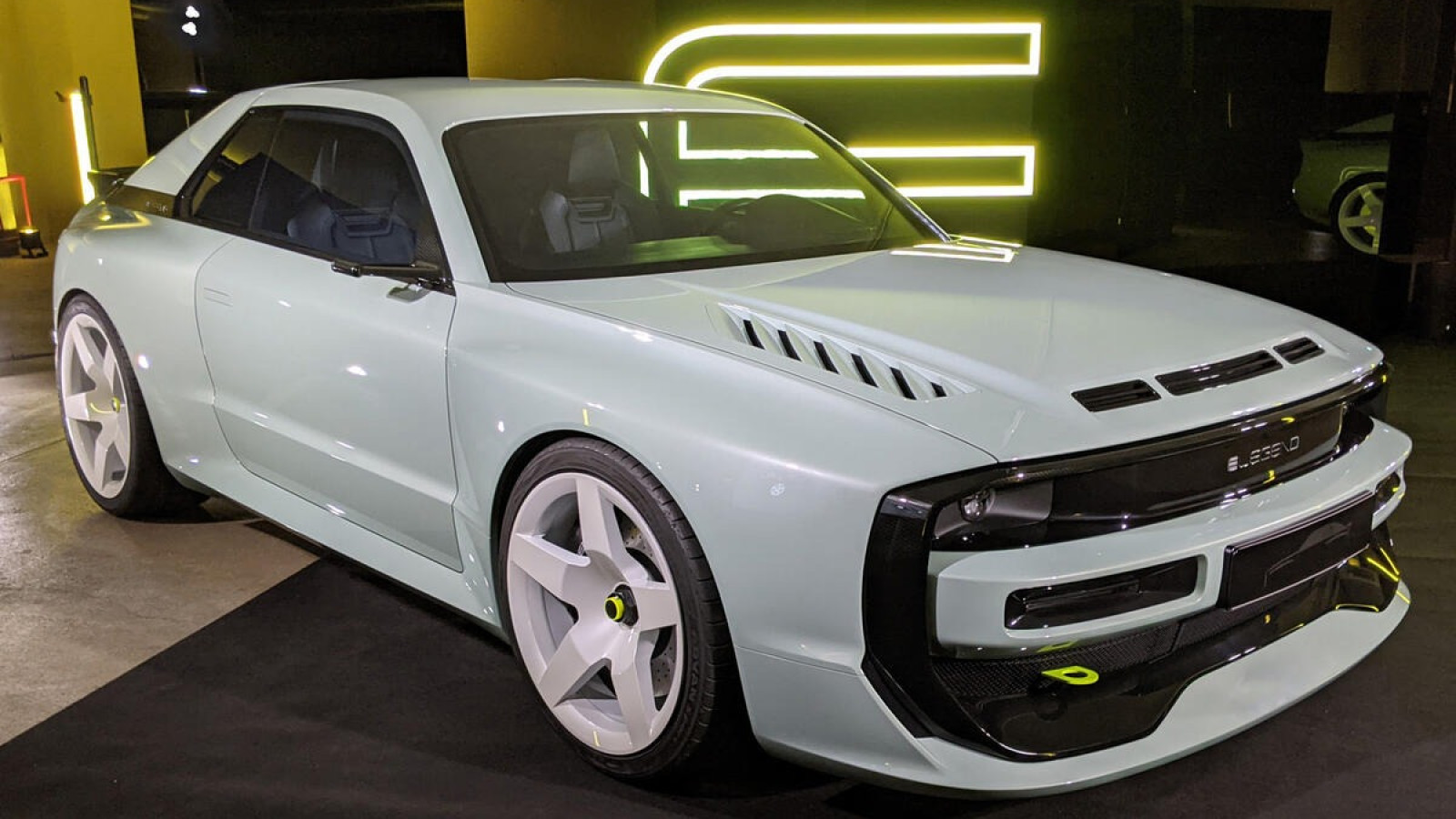
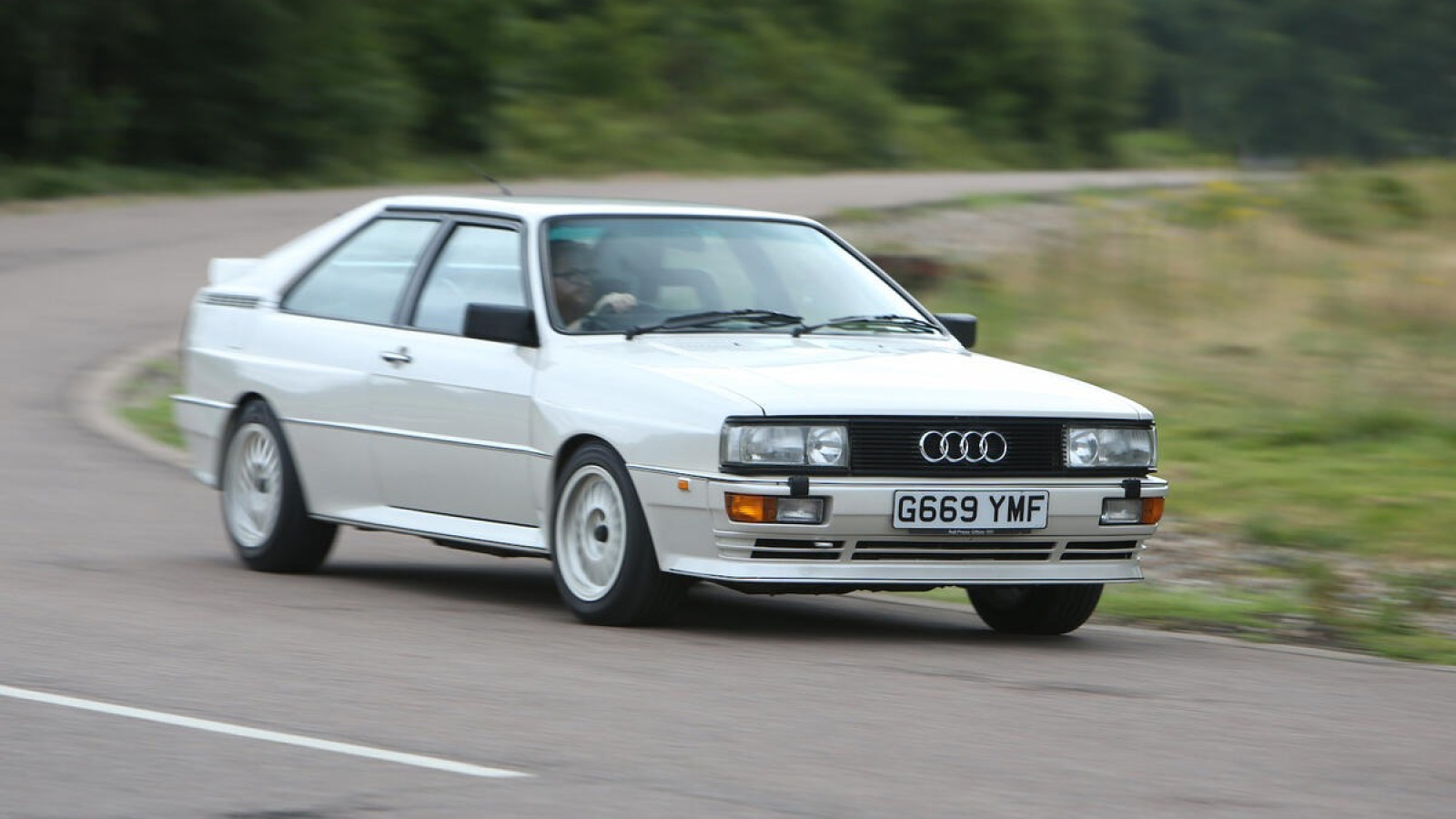
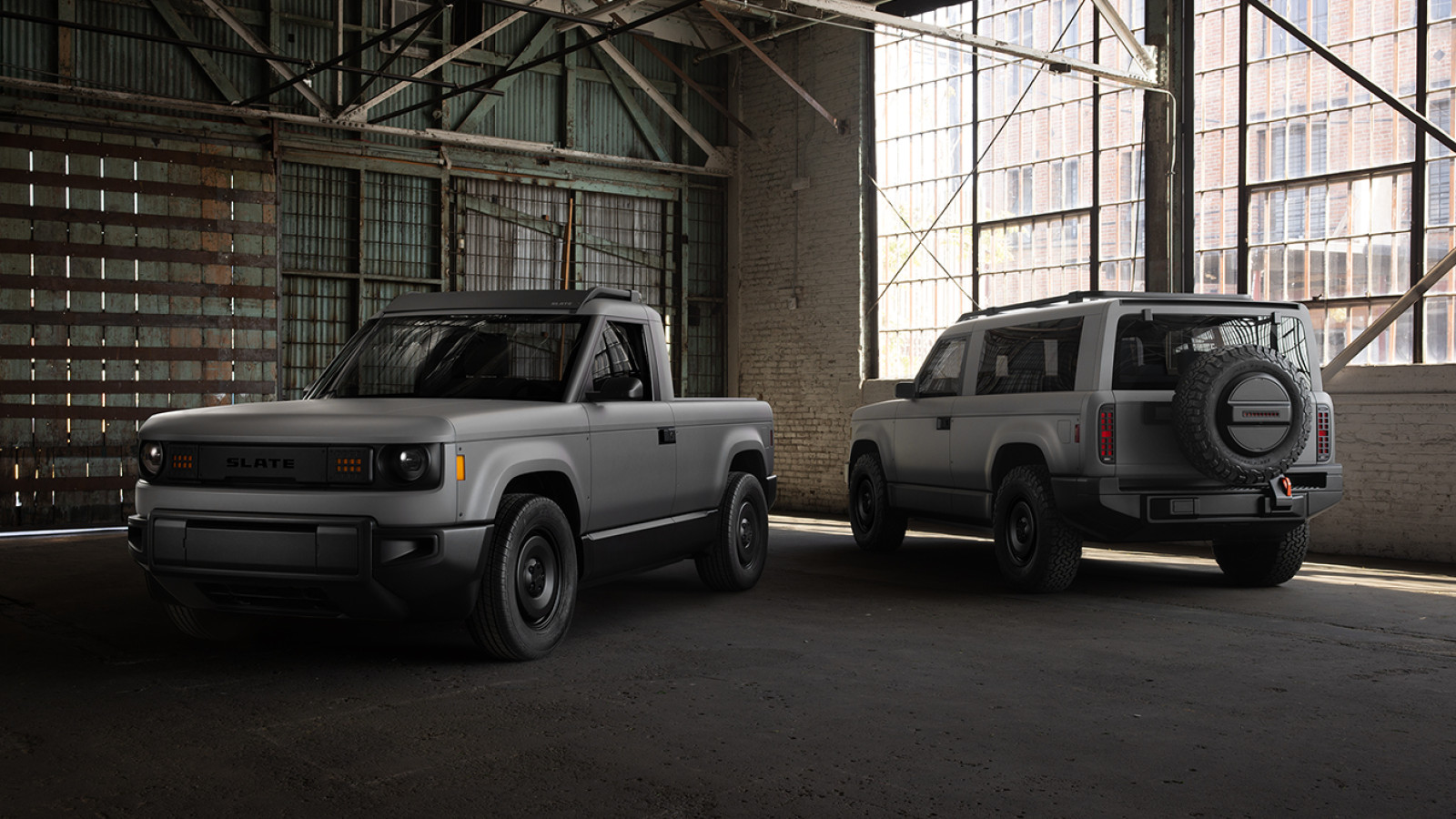
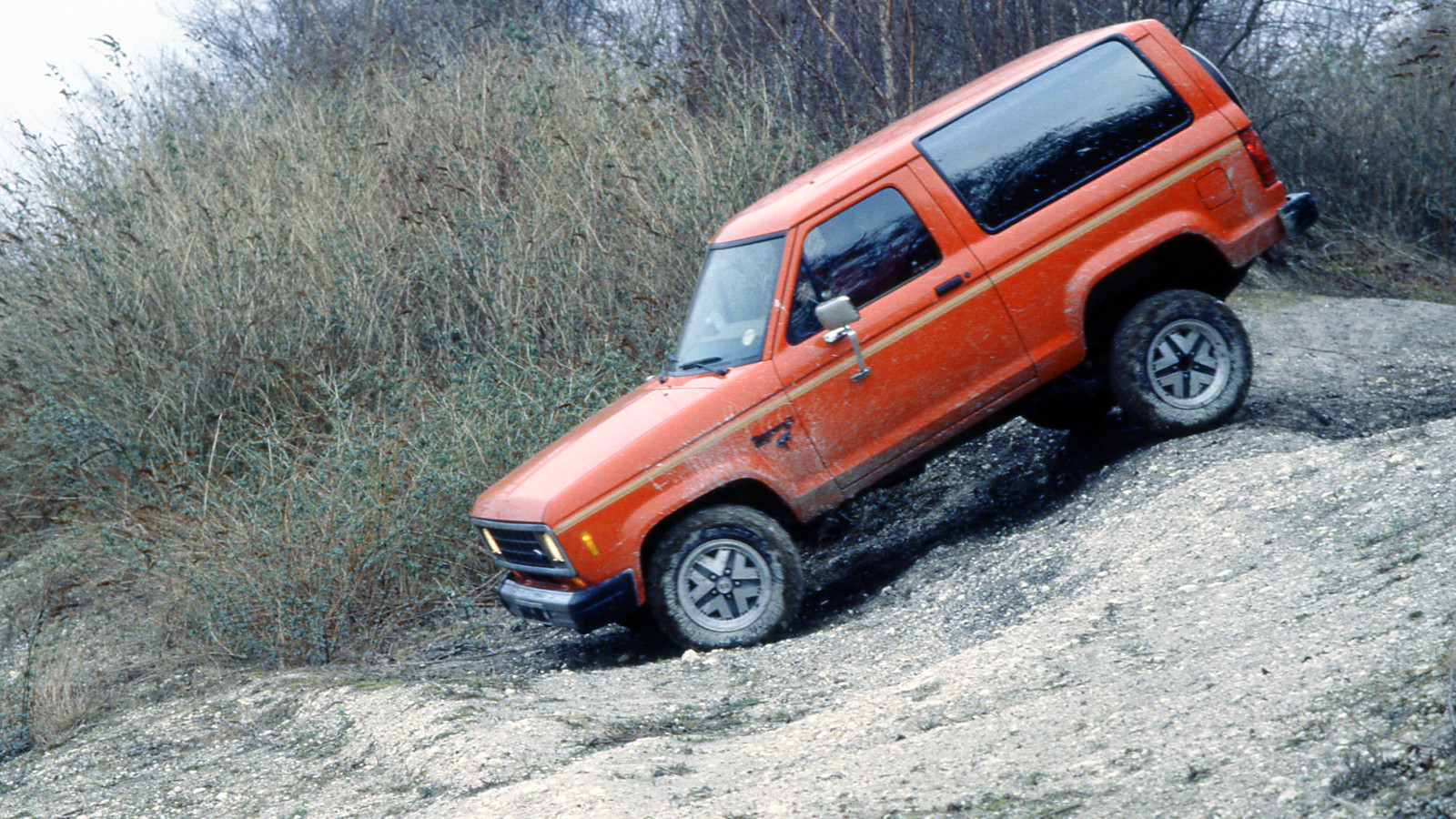
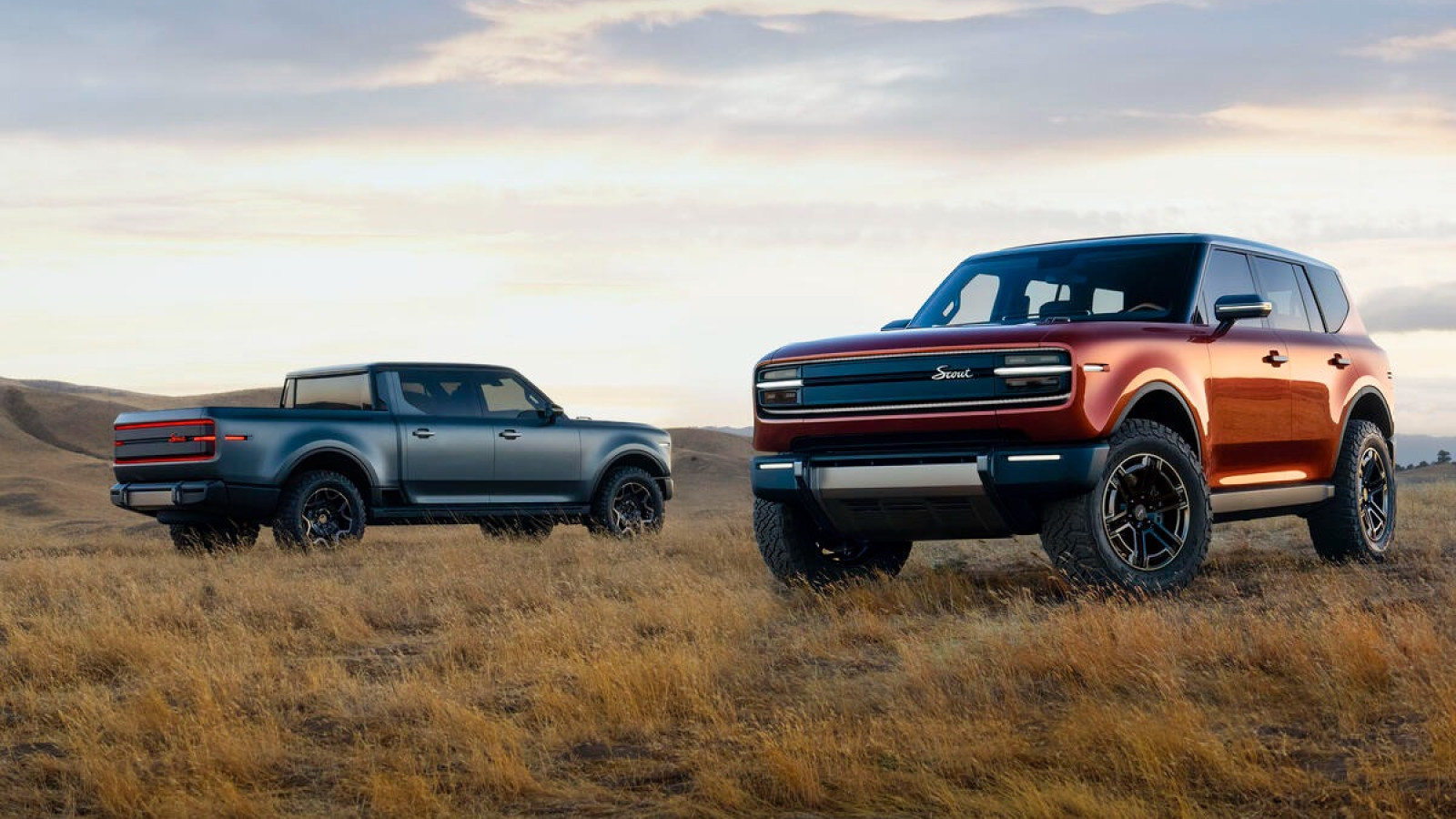
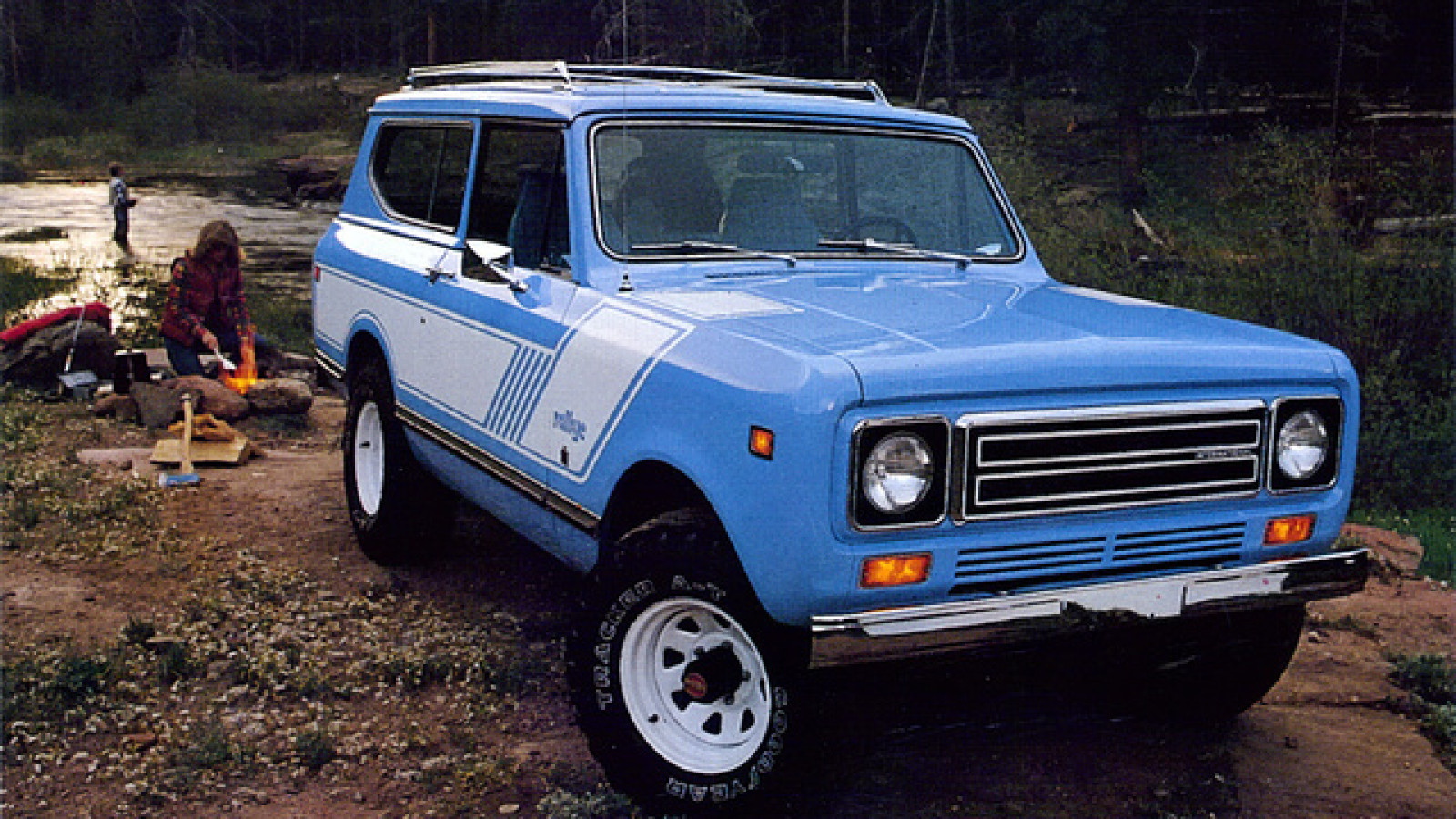

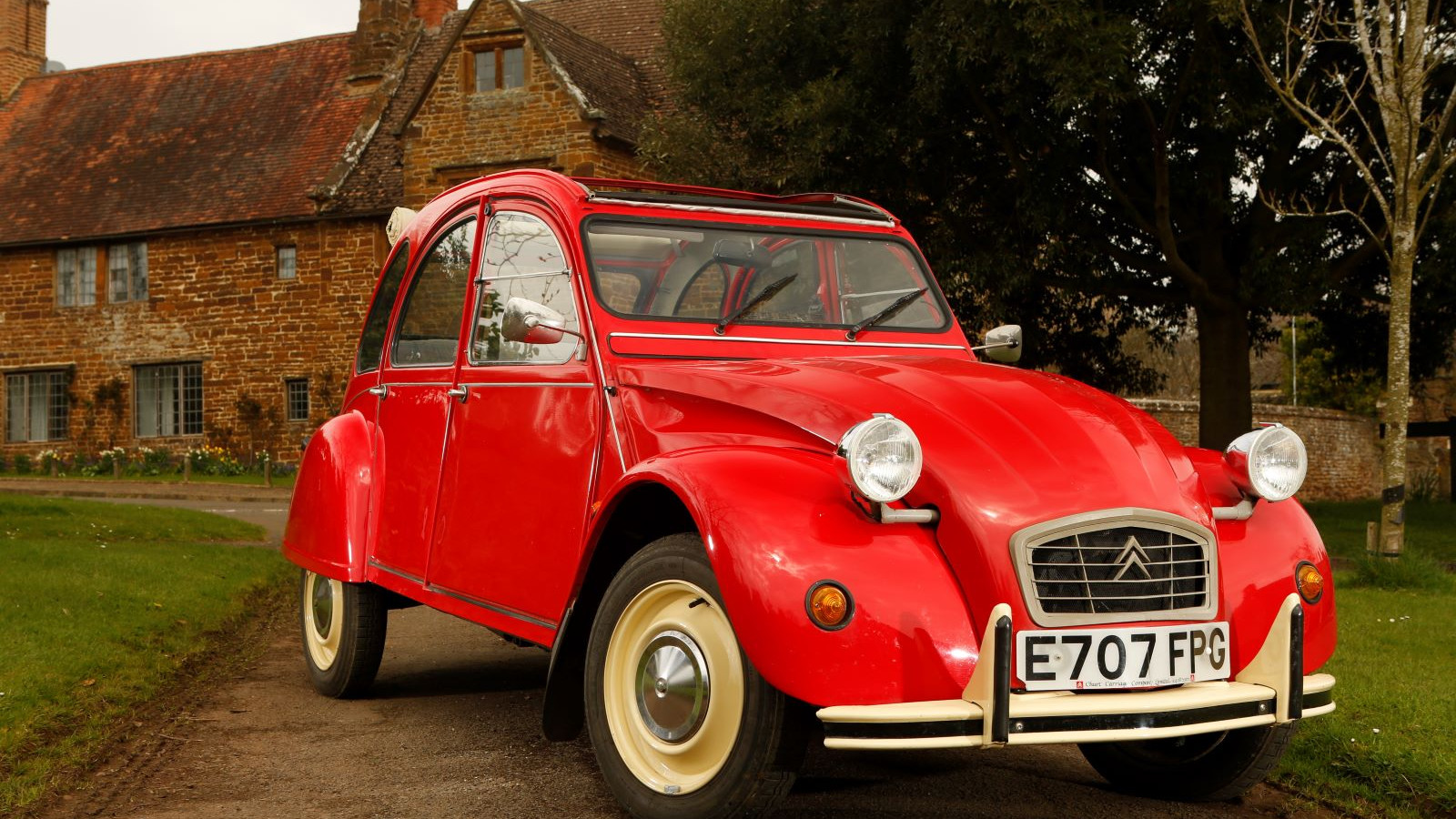
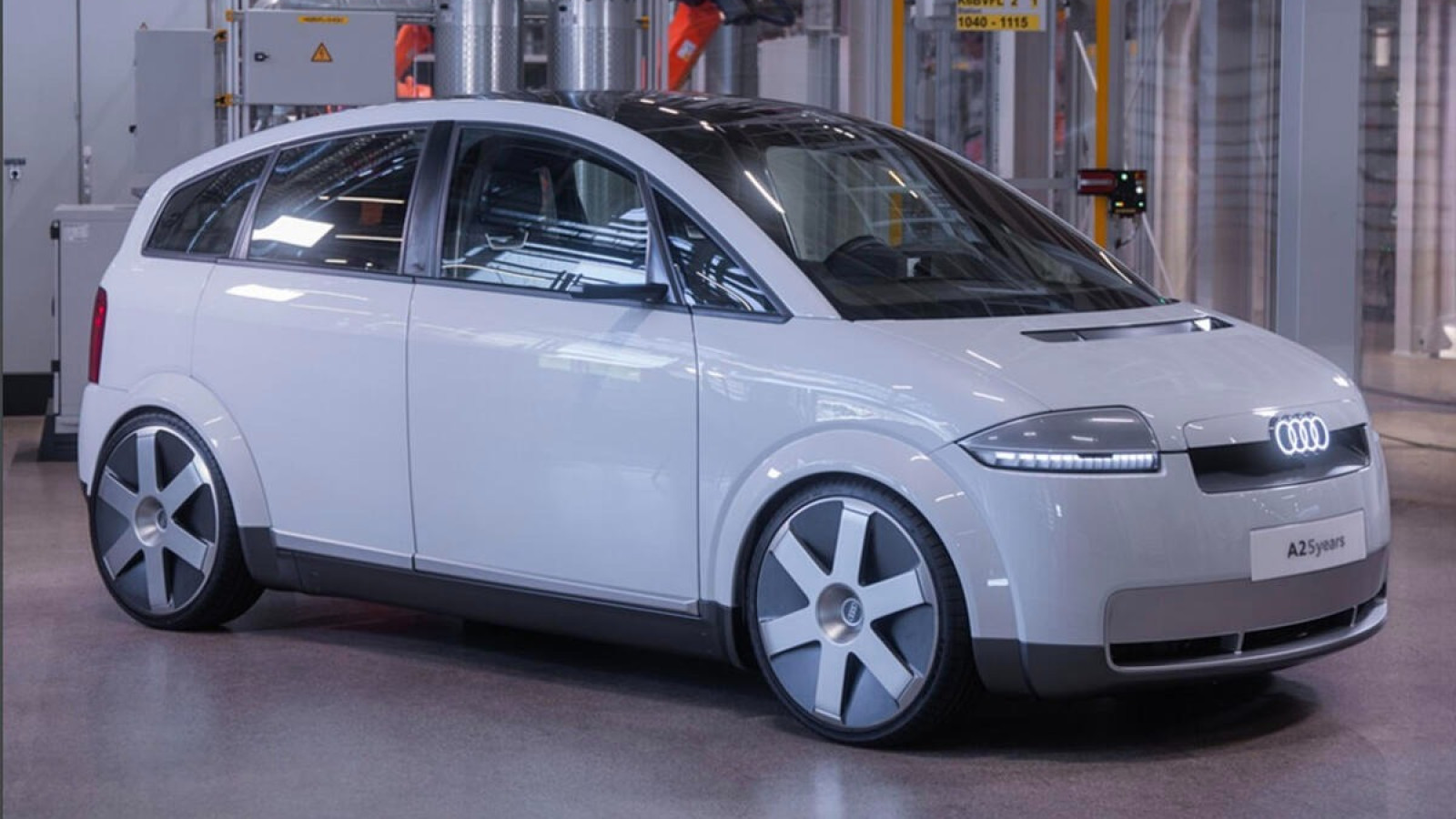
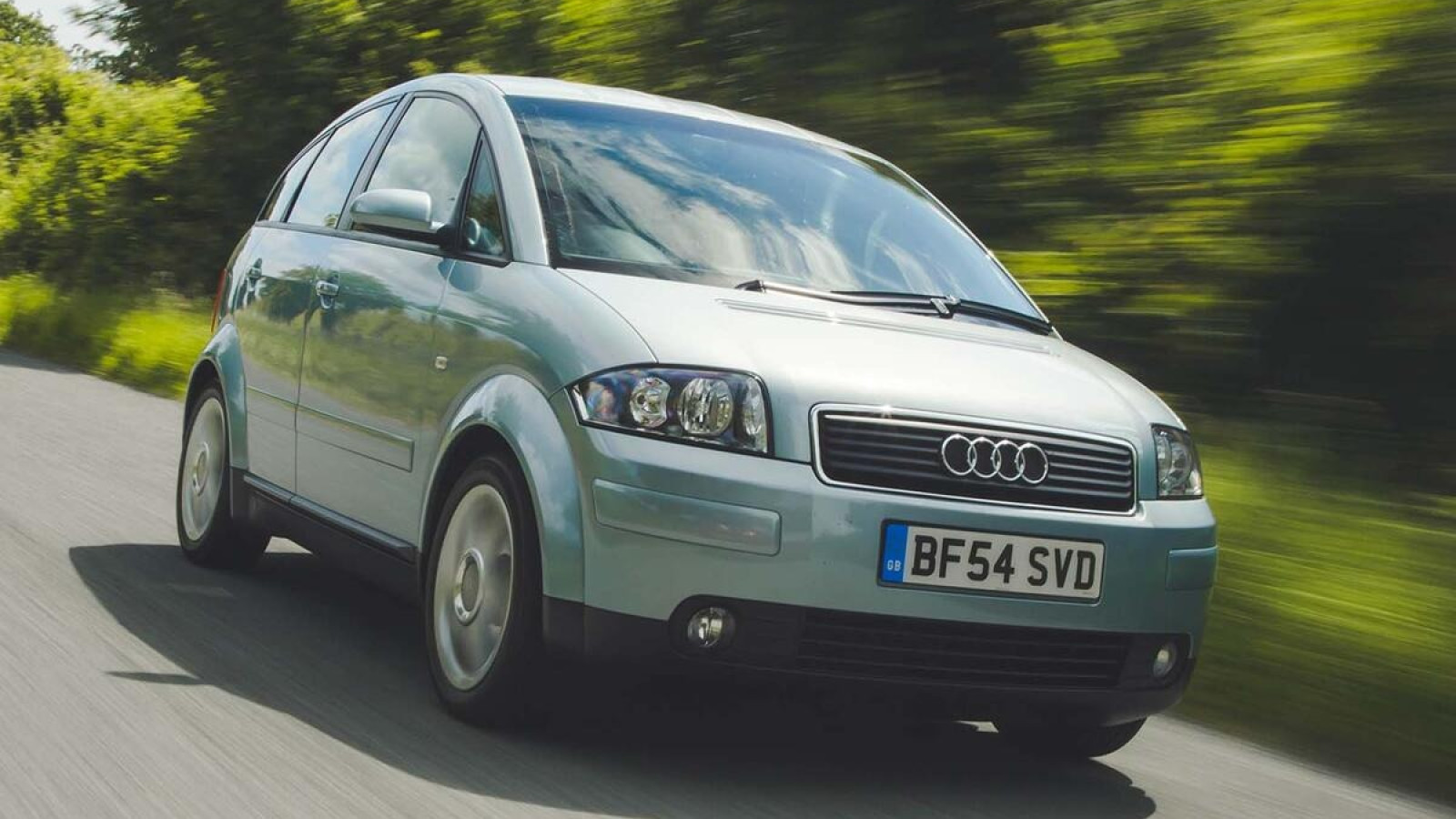
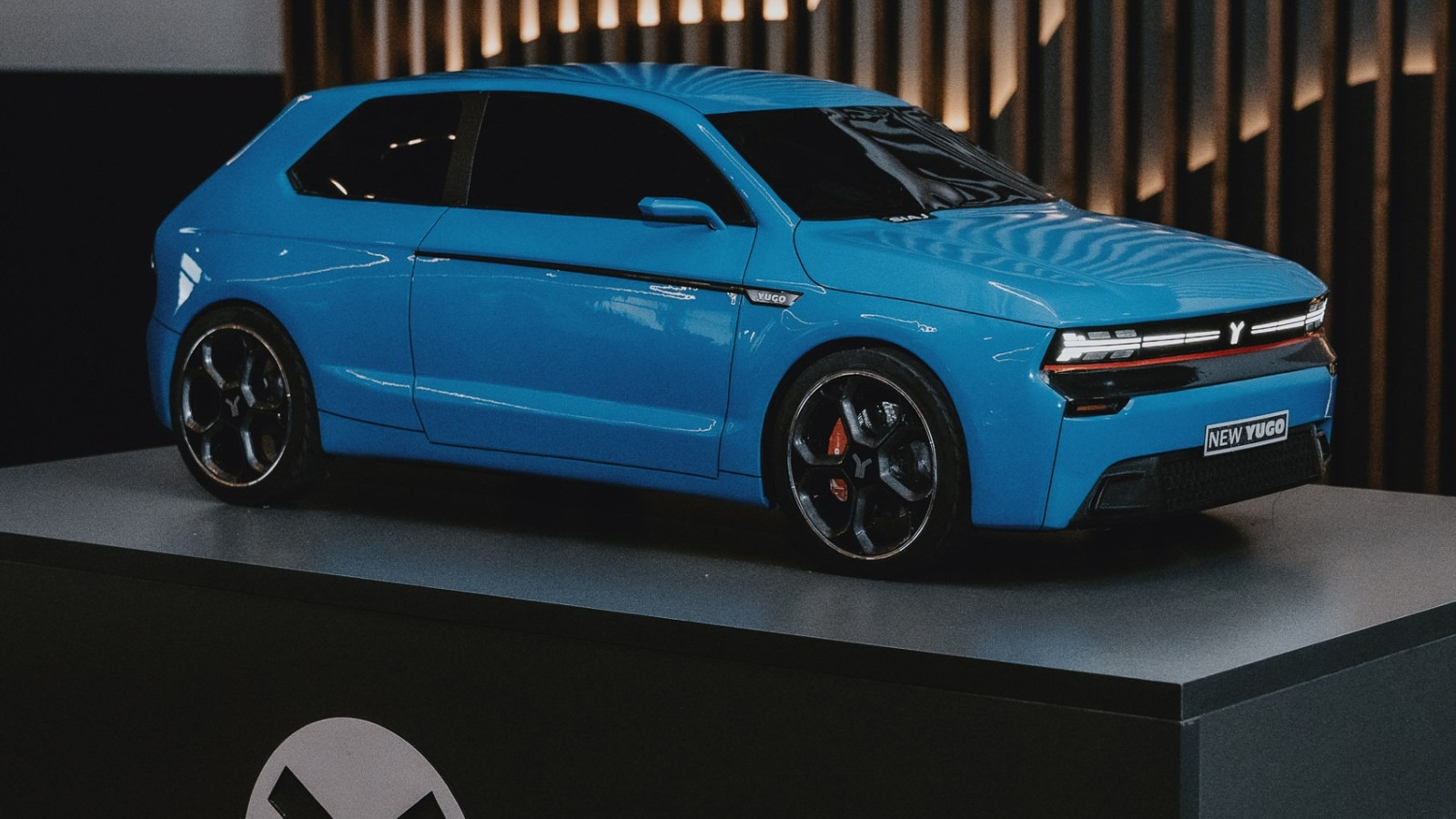
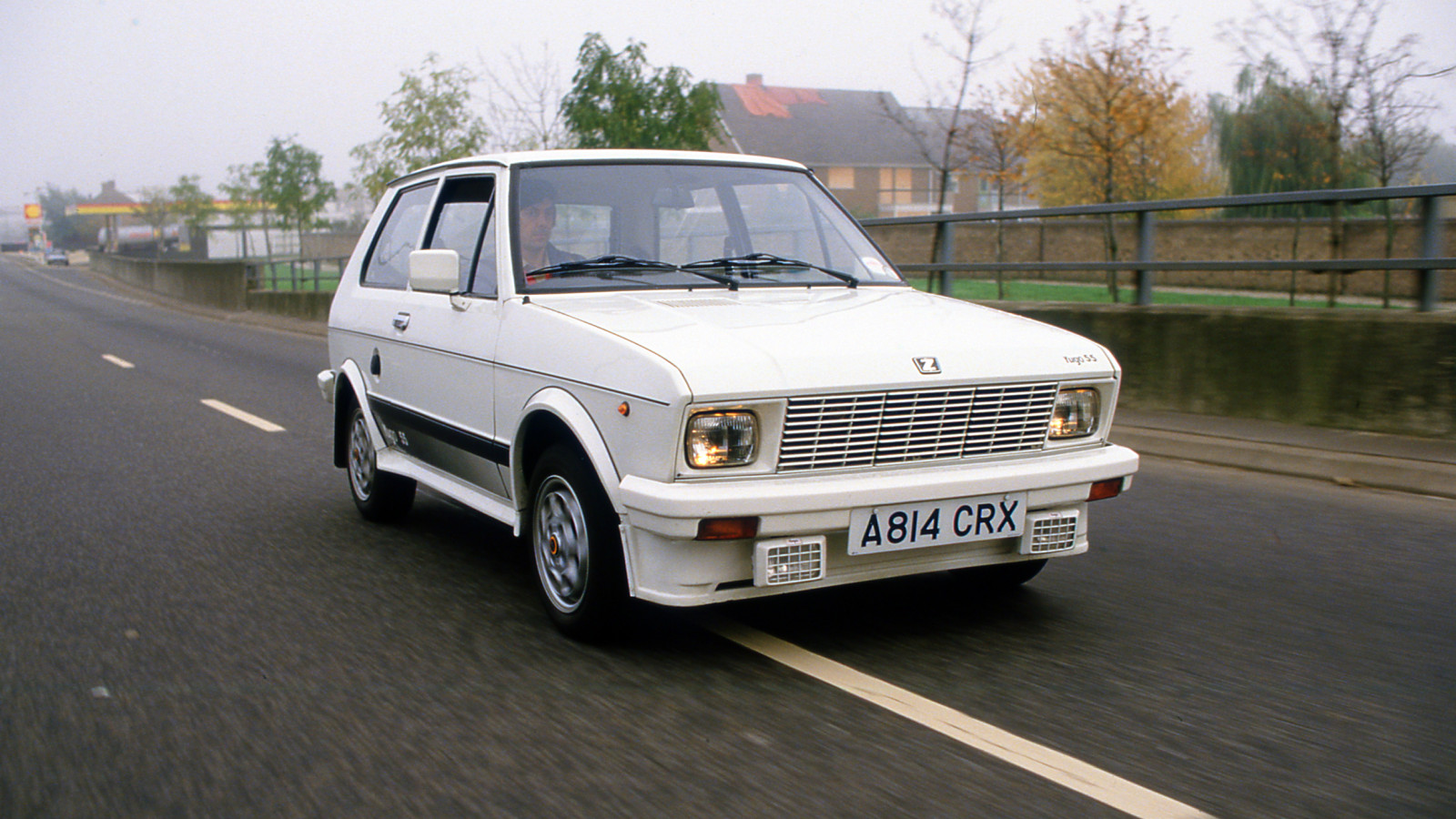
EVs are coming thick and fast at the moment, and at a time when retro designs are in fashion. Naturally, then, manufacturers have sought to combine the two…
It’s a bit of an oxymoron, an electric retro car, but perhaps it’s the best of both worlds? All of the style and character of a classic, with the reliability and performance of a modern EV.
For this list we’ll stick to proper cars, ones that you’re able to buy, or at least will be soon. There are plenty of one-off concepts or retromods to make you jealous, but that would be unfair.
2009 Mini E
BMW replaced the original 1959 Mini (and its 40 plus year production run) with a new, retro-modern design in 2001. In 2009, with the second generation of new Mini, an E version was partially launched. We say partially, because it was only offered on a lease basis. Less than 1000 were built, each with a 35kWh battery and 160km (100 mile) range.
It proved popular with those who tried it, and in 2019 Mini put an electric Cooper into full-scale production. The electric Mini can now do 400km (250 miles) on a charge.
1959 Mini
This was the tiny ‘family’ car that inspired today’s Mini. Originally sold as an Austin or Morris, it became the best-selling British car of all time, and arguably the most influential car of the 20th century thanks to its innovative packaging.
2012 Fiat 500e
When Fiat needed a zero-emission vehicle to sell in California and Oregon (due to legislation) they partnered with Bosch to covert their 500 city car, which had been revived in 2007. Powered by a 24kWh battery, the tiny EV could manage 130km (80 miles) on a charge. An impressive 27,000 units were sold, and in 2020 it was replaced by the new Fiat 500e, with a 320km (200 mile) range. It also comes in hot Abarth flavour, like the 500 that inspired it.
1957 Fiat 500
What inspired these new electric retro city cars? The impossibly cute Nuova 500, with an equally cute 0.5-litre 9.7kW (13hp) engine.
2023 Fiat Topolino
If you think the new 500e is too big and too powerful, this is the retro Fiat for you! With a tiny 6kW (8hp) motor and 76km (47 mile) range, it’s the cheapest electric Fiat money can buy. Based on the more modern looking Citroen Ami, it has looks inspired by the Fiat 500 Jolly, a doorless and roofless version of the 1957 Fiat 500.
2020 Honda e
Honda showed off a seriously cool retro concept in 2017 called the Urban EV, it was such a hit in fact, that the company decided to put it into production.
The 2020 car doesn’t look quite the same, but it’s still a cute little city car, although its low 220km (137 mile) range and high price held it back when new. As such, Honda only sold 12,500 units in Japan and Europe before they discontinued it in 2024.
1976 Honda Civic
Honda made no attempt to hide the fact that the E was inspired by the original Civic, their first global hit.
2022 Volkswagen ID Buzz
Another model that started out as a concept, and another one that received such a positive reception that it was put into production. It has been more successful for Volkswagen than the E was for Honda, partly because of the versatility of the design – it can be had in short-wheel base, long-wheel base and van configurations, plus as a California campervan soon (pictures).
1950 Volkswagen Type 2
The ID Buzz is clearly inspired by the original hippie van, also called the Bus, Kombi or Transporter. Where it used a 1.1-litre air-cooled flat-four engine with just 18kW (24hp), the new Buzz has a 210kW (286hp) electric motor. Both are rear-wheel drive, and the new one weighs more than twice the amount.
2022 Ora Ballet Cat
If you’ve ever wished that VW created a modern-day Beetle with electric power, this might be as close as you’ll be able to get. While VW has no plans to do such thing, Ora, which comes under the Chinese giant GWM, has built and sold the Ballet Cat in China for a few years now. We applaud the idea, although the lawyers in Wolfsburg may have things to say here…
1938 Volkswagen Beetle
Of course, the car that inspired the Ballet Cat needs no introduction, its shape is probably one of the most recognisable ever. For that reason, we’re surprised that VW has given up creating a retro-modern version. There has been two generations of ‘new’ Beetles, but both have only been offered in petrol and diesel power.
2022 Microlino
Technically, according to European legislation, it is not a car, but a quadricycle. However, it is perfectly possible to use the Swiss/Italian Microlino as a car, with two doors, two seats, a boot and a roof. The long-range version can travel 230km (140 miles) and has a 12.5kW (17hp) motor.
1953 Iso Isetta
Arguably the most important ‘microcar’ – a segment created after the second world war to provide European families with affordable and economical motoring – the Isetta is better known for its BMW production (a BMW is pictured). But the Isetta manufactured by Italian company Iso is the original, which BMW later took over manufacturing of.
2024 Dodge Charger
For the eighth generation, the Charger has gone electric, with between 370 and 500kW (503 and 679hp) from a dual motor setup and a 100kWh battery it has certainly taken things seriously. It even comes with a 126dB noise generator, as loud as a V8-powered Hellcat.
1966 Dodge Charger
However, reportedly Dodge has been struggling with the new model. Charger customers favour big V8s, and as a result values of previous generation cars have held strong. The original (pictured) is now a true classic.
2024 Renault 5
Believe the hype – people have been excited about the 5 ever since the concept was showed off in 2021. Now its arrived, and is brilliant, with excellent retro inspired looks and interior, a 400km (250 mile) range and sweet handling.
1972 Renault 5
But the new 5 is only so popular because of the original, a simple design that still looks modern today. It was a massive hit, being sold all the way through to 1996, and Renault is hoping to (and currently succeeding in) emulating that success.
2024 Mika Meon
“Imagine a beach buggy with all of the flaws taken out.” That’s how Robin Hall, the man behind the Meon, introduces what he hails as the lightest proper electric vehicle in the world.
It uses its batteries to its benefit, not its detriment, as they are integral to its structure, and as a result it reflects not only the will to demonstrate that cars of its ilk can survive the move to zero emissions. It’s a really heartening success, turned out with the accomplished skill of an outfit that’s been doing it for decades.
1964 Meyers Manx
When someone says beach buggy, or dune buggy, this is probably what you think of. Bruce Meyers used the mechanicals and chassis of a VW Beetle to make a lightweight rear-wheel drive, rear-engined light offroad vehicle, ideal for driving on sandy beaches in California. As well as it being reinvented by Mika, Meyers have also released a new EV version of their original creation.
2025 Renault 4
Despite its smaller number, the new R4 is larger than its R5 sibling - even though the two share the same underpinnings, drivetrain and retro-cool inspiration.
With a bigger boot and more spacious interior, the R4 is a more practical alternative to the 5 - however, in spite of the resulting additional weight, the 4 is still a great drive, too.
1961 Renault 4
Although, in a similar fashion to its smaller R5 sibling, the new Renault 4 owes much of its appeal to the car that inspired it.
Renault’s answer to the Citroen 2CV, the original R4 came along in 1961 and was simple, affordable and loveable, with over eight million examples produced in factories all over the world.
2025 Fiat Grande Panda
The new Grande Panda is Fiat’s answer to the Renault R4 and R5, and also hopes to utilise nostalgic styling cues to hark back to the original Panda.
The Grande Panda certainly looks the part, with plenty of retro-inspired black body cladding, optional white steel wheels and embossed ‘Panda’ script across the doors, and can be specified with either hybrid or fully electric drivetrain options.
1980 Fiat Panda
It’s clear to see the influence that the original 1980 Panda has had on the new car’s exterior design. Both share a similarly rugged appearance, and boxy and playful proportions.
The original Panda was penned by renowned Italian designer Giorgetto Giugiaro, and was powered by both air-cooled and water-cooled engine options.
2025 Nissan Micra
The sixth-generation of Nissan’s popular hatchback, the Micra, was recently unveiled as the sister car to the Renault R5. Purposefully designed to appeal to a younger European audience, the latest Micra is noticeably blockier than the outgoing model.
However, the only thing separating the Micra from the R5 is its appearance - given the use of shared underpinnings, the technical specifications and interior infrastructure are both identical to those of the Renault.
2002 Nissan Micra
For the latest Micra, Nissan’s designers decided to hark back to the 2002 model in their hopes of appealing to younger buyers. Specifically, the rounded front and rear lights of the third-generation Micra were particularly inspirational.
The 2002 Micra was, fittingly, co-developed with Renault, and enjoyed a nine-year production run. The model range even included a convertible version, named the Micra C+C - a variant that hasn’t returned since its introduction in 2005.
2025 Nyobolt
Unveiled in 2023 and inspired by the Lotus Elise S1, the Nyobolt is an electric sports car that was designed by Julian Thompson, who was also responsible for the design of the original Elise during the 1990s.
With 470hp and a curb weight of just 1246kg, the Nyobolt prototype utilises a new generation of high density cell technology and battery management software. The 35kWh battery fitted to the Nyobolt can charge from 10-80% in 4min 37sec with a 350kW charger, and after the equivalent of 1 million km (620,000 miles), the cells were said to have retained over 80% of their usable capacity.
1996 Lotus Elise
Both the exterior design, and also the lightweight philosophy, of the original Lotus Elise evidently played important roles in the development of the Nyobolt, nearly thirty years after the Elise was first introduced.
The Elise S1 used an innovative bonded aluminium chassis that was both lightweight and also inexpensive to produce. With a fibreglass body placed on top of the trick underpinnings, the mid-engined Elise tipped the scales at just 725kg.
2025 MW Motors Luka
The electric Luka has been developed by Czech manufacturer MW Motors, and its exterior design has clearly drawn influence from European sports coupés from the 1960s and 1970s.
Beyond the retro styling, the Luka has a claimed weight of just 815kg - an incredible figure for an EV. However, this is partly due to the fact that power comes from four small in-wheel motors that combine to produce a total output of only 64bhp. Plus, at €40,000, the Luka isn’t exactly cheap, either.
1966 Triumph GT6
While the Luka has evidently taken design cues from several different classics, we believe the Michelotti-designed Triumph GT6 to be the most obvious source of inspiration for MW Motors’ EV coupé. For instance, both cars share the same stylistic features of a short wheelbase, wrap-around chrome bumpers and a curvacious, sloping roofline.
The GT6 was launched as a fastback variant of the Triumph Spitfire roadster, and was a rival for the MGB GT.
2026 Jeep Recon
Expected to be unveiled in production form later this year, the electric Recon is a new mid-sized off-roader that Jeep will offer as an EV alternative to the vulnerable but much-loved Wrangler.
With boxy proportions, as well as the same fully-removable front and rear doors that feature on the Wrangler, the Recon is anticipated to develop around 600bhp. Jeep unveiled a pre-production version of the new model earlier this year, offering a glimpse of what the real thing will look like when it hits the roads (and dirt trails) next year.
1986 Jeep Wrangler
Given the links between the new Recon and the current Wrangler, it’s perhaps a given that Jeep’s new EV off-roader was ultimately influenced by the original Wrangler of 1986.
The ‘YJ’ Wrangler was improved over its predecessor, the Jeep CJ-7, through both interior and chassis refinements. However, the body and wheelbase were largely unchanged from the older CJ-series, which itself could be traced back to the civilian Willys Jeep of 1945.
2026 Renault Twingo E-Tech
After the runaway success of the new Renault 5, and a similarly positive reception of the bigger Renault 4, the French manufacturer will look to tap into their history once again through the revival of the Twingo nameplate.
The Twingo name will return in 2026 on a sub-€20,000 (£16,700) electric A-segment city car, which was previewed by the Twingo Prototype concept in 2023. A Nissan-badged version has also recently been confirmed, which will sit underneath the new Micra.
1992 Renault Twingo
Much like the R5 and R4, the exterior styling of the fourth-generation Twingo will be a modern reinterpretation of the original car that inspired it. In the case of the Twingo E-tech, that car is the Twingo Mk1 that first arrived in 1992.
Now very much considered a cult car, with prices reflecting the fact, the Mk1 Twingo’s styling was very controversial when new. Known as the ‘Friendly Frog’, the lightweight (915kg) Twingo was perhaps best known for its unorthodox front end, which incorporated a ‘smile’ into the design.
2026 BMW i3
The new electric 3 Series will revive a name from a little electric hatchback, however, more poignantly, it will revive BMW styling touches that haven't been seen for 50 years. BMW introduced its Neue Klasse styling in 1962, which modernised the brand and created a styling template that they have followed ever since.
1975 BMW 3 Series
In recent years, though, bigger design changes have shifted the cars from their Neue Klasse inspiration, so over the next few years BMW plans on winding the clock back over 60 years. The result will be a new electric 3 Series that takes direct styling characteristics from older 3 Series and the original Neue Klasse cars of the 1960s.
2026 Alpine A110
As the current A110 looks increasingly old-fashioned, lacking even any hybrid tech. The new one looks to rectify that with a new EV platform. Renault Group CEO Luca de Meo previously told Autocar that the company had made a “not rational” decision to “invest a lot of money” in a bespoke electric sports car platform for the next A110 and its derivatives – including a likely 2+2 version called the A310 – but it had “looked at Porsche for inspiration” in how to successfully build a sports brand.
Don’t fear, though, the new car will also be lighter than its combustion-engine rivals, despite the switch to EV.
1963 Alpine A110
The original A110 has now inspired two successors: a 2017 petrol version and a soon-to-be electric version. The original one became a French legend thanks to its success in rallying and racing, largely down to its tiny 706kg (1556lb) weight.
2026 E-Legend EL1
Many bold automotive start-ups die without a sound, simply disappearing without ever delivering on their promises. That’s not the case with E-Legend, the German start-up that two years ago announced its plan for an electric supercar inspired by the 1980s Audi Sport Quattro.
Prototypes of the EL1 have already been driven, and it looks promising: Power is a massive 600kW (804hp) and the energy comes from a T-shaped 80kWh battery pack that’s fitted between the passenger compartment and extends into the tunnel between the two seats. E-Legend predicts the finished car will go from 0-100km/h (0-62mph) in 2.9sec.
1980 Audi Quattro
In comparison, the most powerful Quattros had 162kW (220hp) from a 2.2-litre turbocharged five-cylinder, allowing for a 0-100km/h (0-62mph) time of just under seven seconds. That's progress for you…
2026 Slate
New American EV manufacturer Slate, backed by Amazon founder Jeff Bezos, has revealed a back-to-basics compact pick-up truck that's set to cost the equivalent of just £20,000.
The secretive start-up had not made any public announcements about its debut model, called simply Truck, in the run-up to its unveiling but it is now taking reservations and plans to begin deliveries at the end of next year - with a targeted base price of $27,000 before local incentives.
Confirmed for only a US roll-out so far, the utilitarian two-seat pick-up is engineered and designed to keep costs down in a bid to make electric motoring affordable and more appealing in a market that continues to heavily favour combustion propulsion.
1966 Ford Bronco
What inspired the new Slate? They won’t say exactly, but it's obvious that some older US 4x4s are hidden in the design, and we think the Bronco is the most obvious of these. Although the first generation came out in 1966, the Slate looks to be more inspired by late seventies and early eighties models. It is also set to come in some retro liveries.
2027 Scout Traveler / Terra
Scout Motors, the Volkswagen-backed revival of American 4x4 brand International Harvester, has revealed its first two models. The Traveler is an electric Land Rover Defender rival, while the Terra is an electric pick-up truck that will rival the likes of the Rivian R1T, Tesla Cybertruck and Chevrolet Silverado EV.
The two have been unveiled in near-production concept form, with both due to enter production in 2027. Originally conceived as a pure-electric revival of the original Scout models, made between 1960 and 1980, the pair will now be offered with optional petrol range-extenders.
1960 International Harvester Scout
They’re inspired by the Scout lineup from independent US commercial and agricultural vehicle maker International Harvester, which was created as a competitor to the Jeep. The Scout and second-generation Scout II were produced in Indiana as two-door trucks with removable hard tops, fold-down windscreens, and options including a full-length roof or soft top.
2027 Citroen 2CV
As Citroën looks to drive forward affordable electric mobility in Europe, it is looking to its past for inspiration. The new 2CV will be inspired by the original’s practical shape, simplicity and efficiency. It will be a rival for the new Renault 5, but is set to be even more affordable at less than 20,000 euros.
1948 Citroen 2CV
Although the original 2CV’s plans date from before the Second World War, it lasted in production until 1990. Proving how attractive a simple, efficient, and practical design was to consumers. Almost four million were sold, and a 1953 technical review in Autocar described "the extraordinary ingenuity of this design, which is undoubtedly the most original since the Model T Ford".
2027 Audi A2
In 2024, to mark the 25th anniversary of the Audi A2, Audi presented a concept of a reinvented A2 powered by a battery, instead of the small petrol and diesel engines of the original. It’s been made even more efficient with LED lights, flush door handles, and closed-off wheels and grilles.
2000 Audi A2
Considering the original A2 boasted an impressive 0.25 drag coefficient, the new one, if it reaches production, could be one of the most aerodynamic cars on sale. That could mean it being powered by a small 50kWh battery, which is still capable of propelling the car 500km (320 miles). The small battery would help keep the weight and price low.
2027 Yugo
This is probably the thing you were least expecting, a reboot of a car famous, in the West at least, for being not very good. Car Talk rated it the "worst car of the millennium". Why then, is it up for renewal?
1980 Zastava Yugo
Well, the original Zastava Yugo was a smash hit in its native Yugoslavia, with almost 800,000 built by the time production wound up in 2008. The new one will be hoping to replicate that success, albeit with more style, refinement, and power. Luckily they’ve already got the styling nailed, but we’ll have to see about the rest in the coming months.
If you enjoyed this story, please click the Follow button above to see more like it from Autocar

